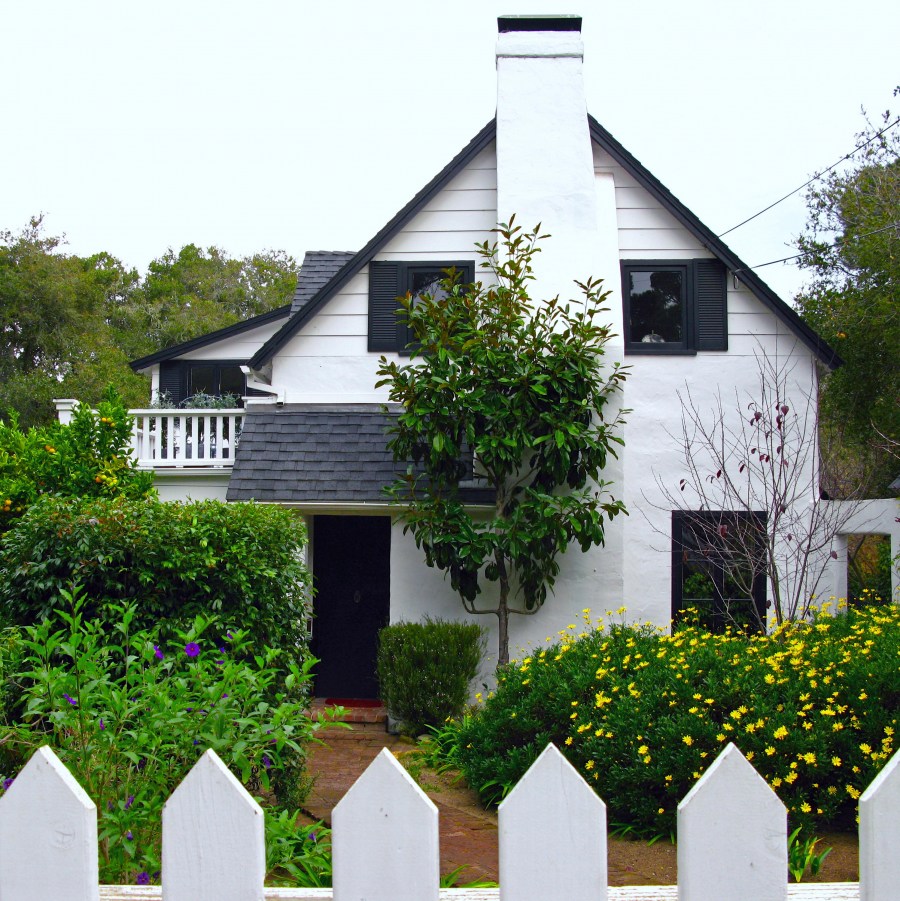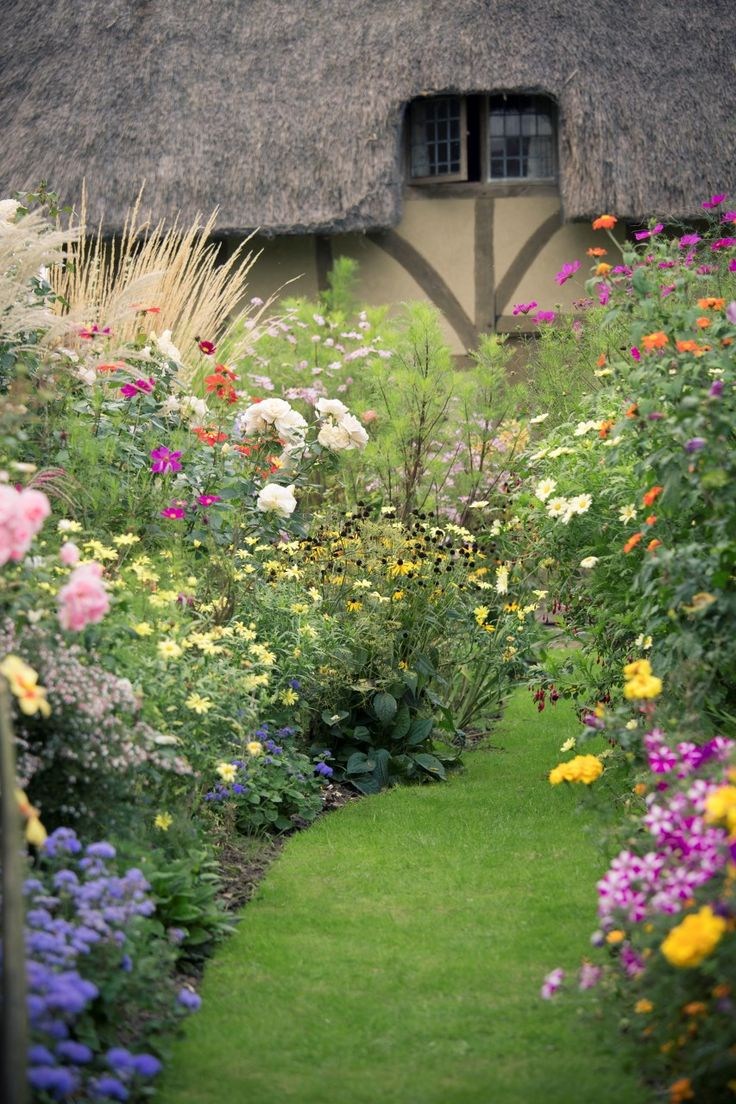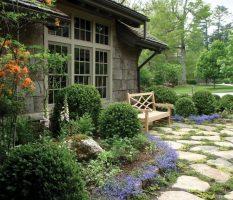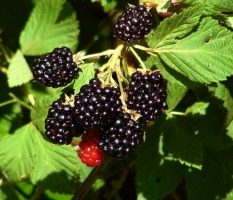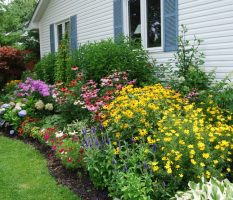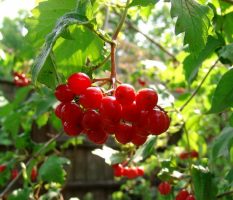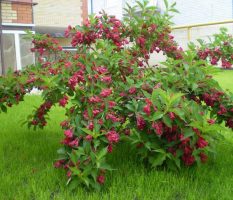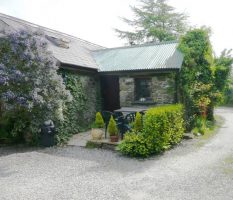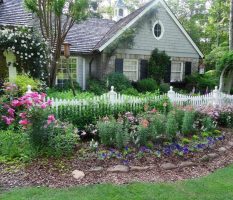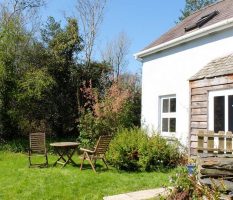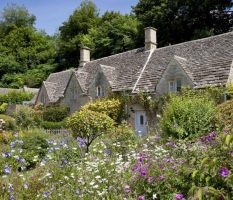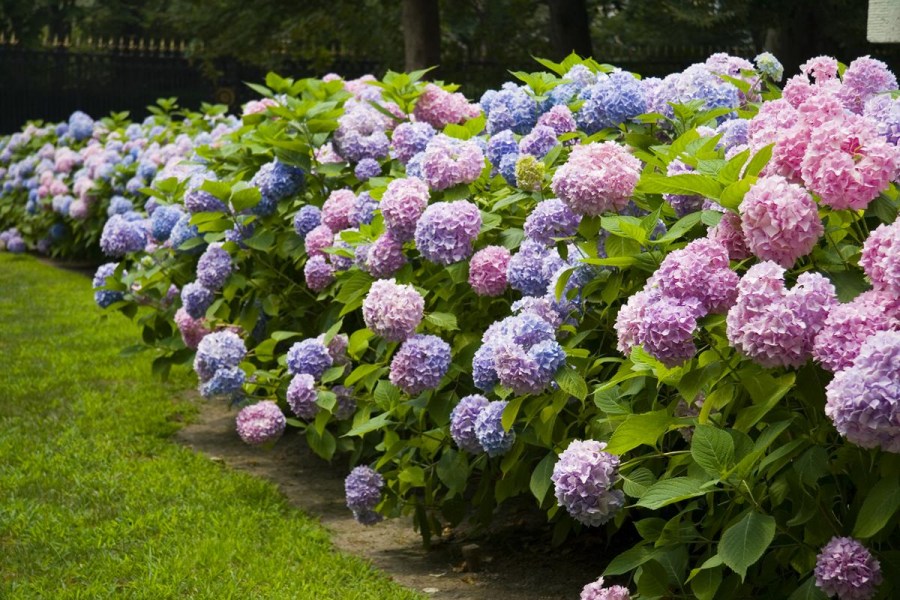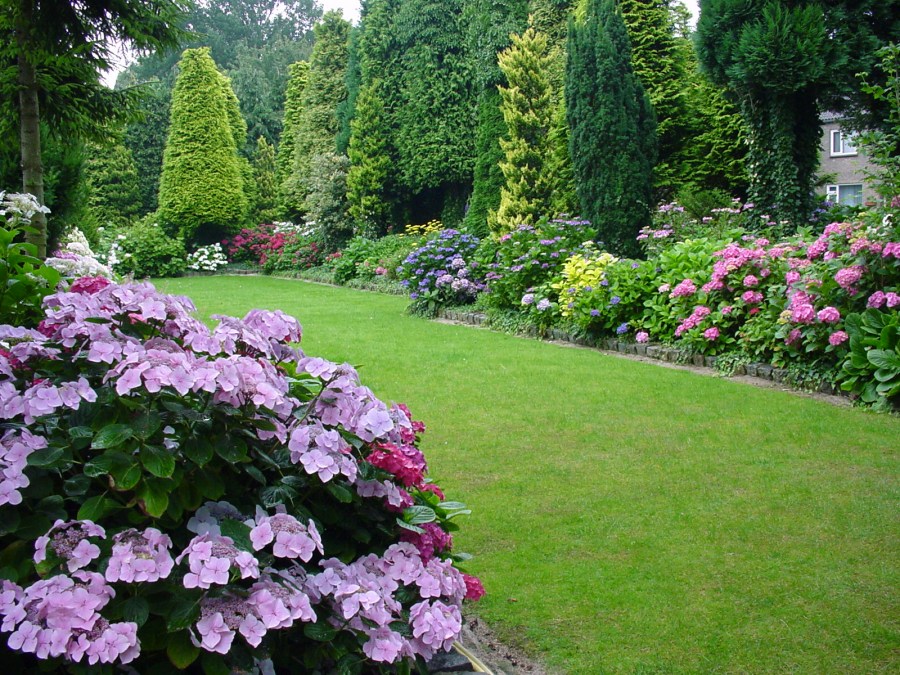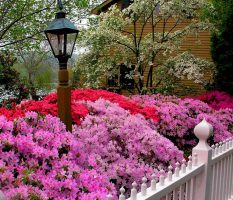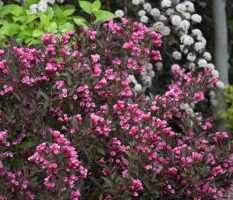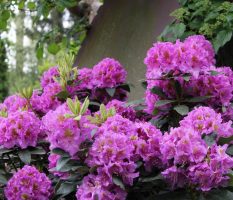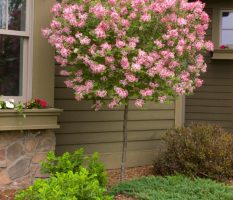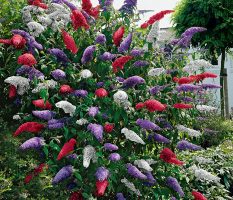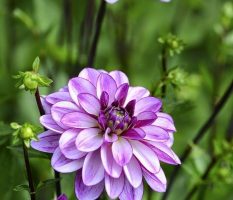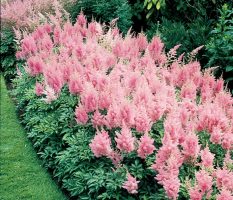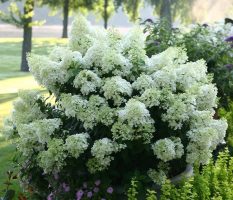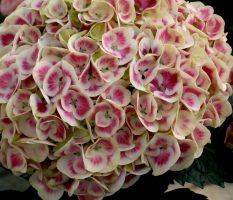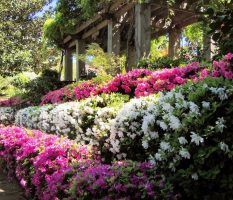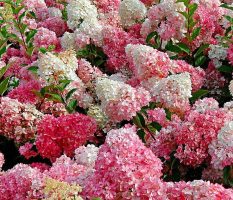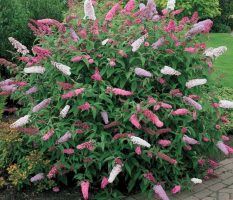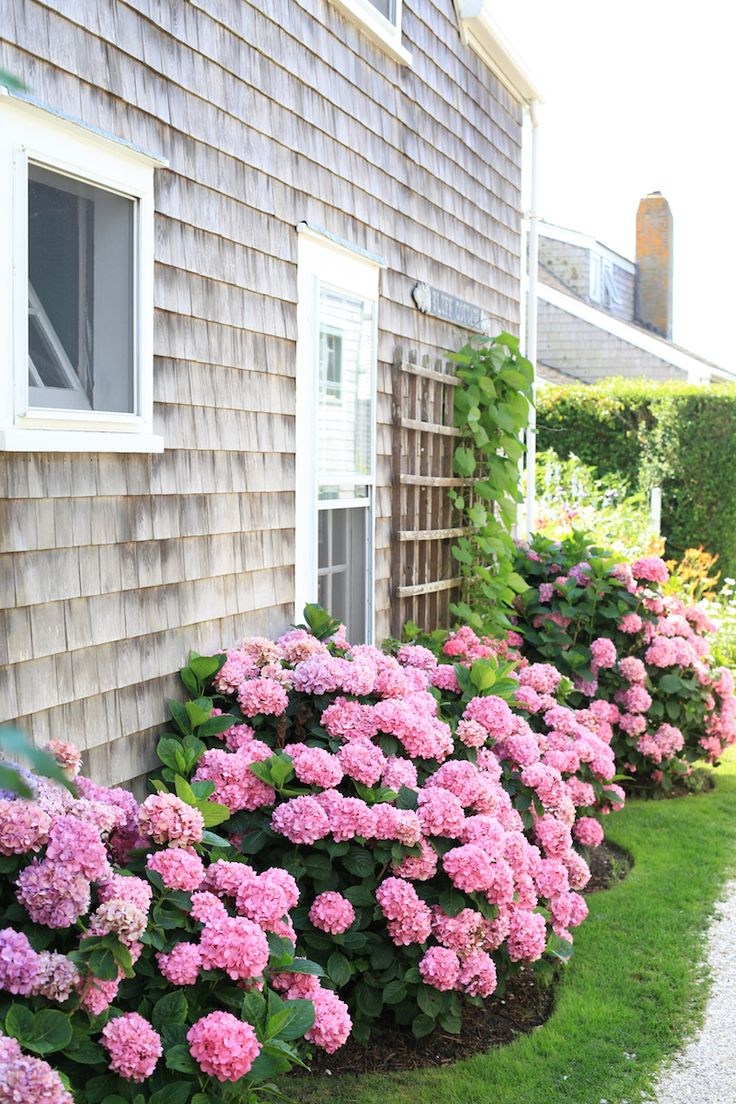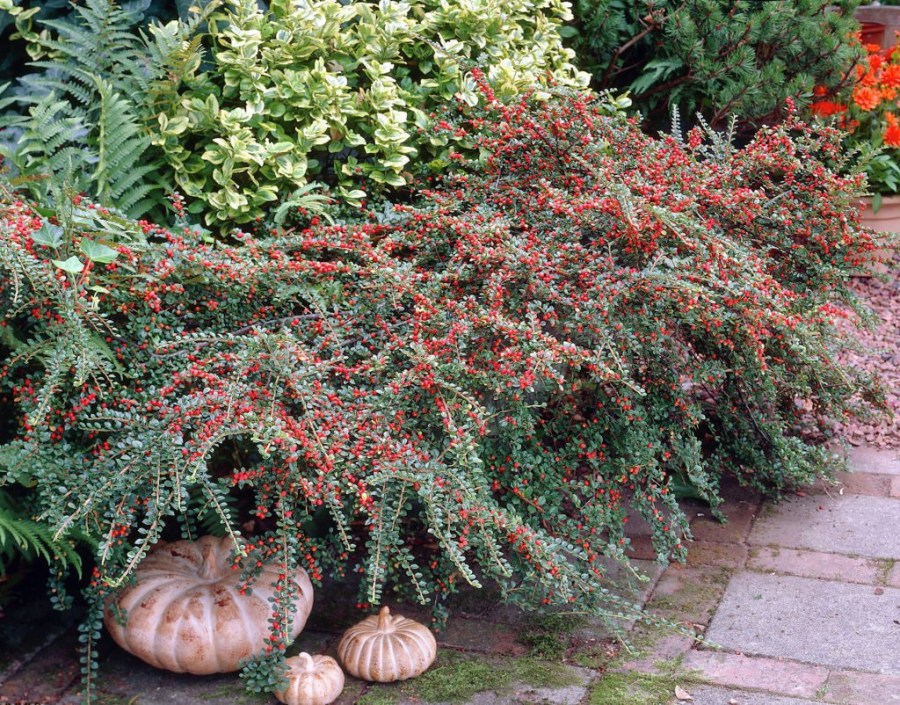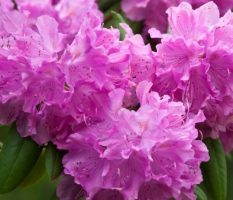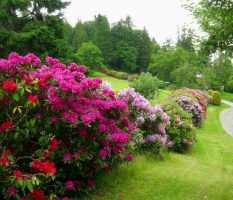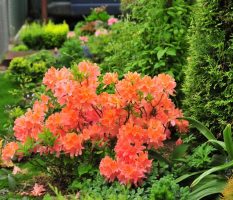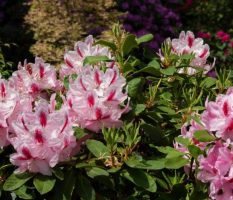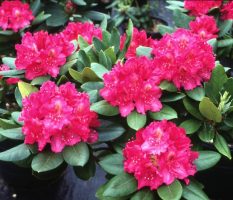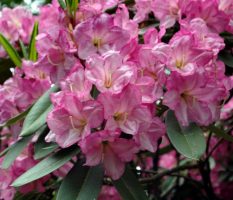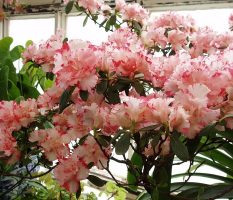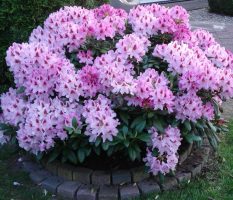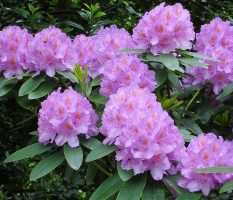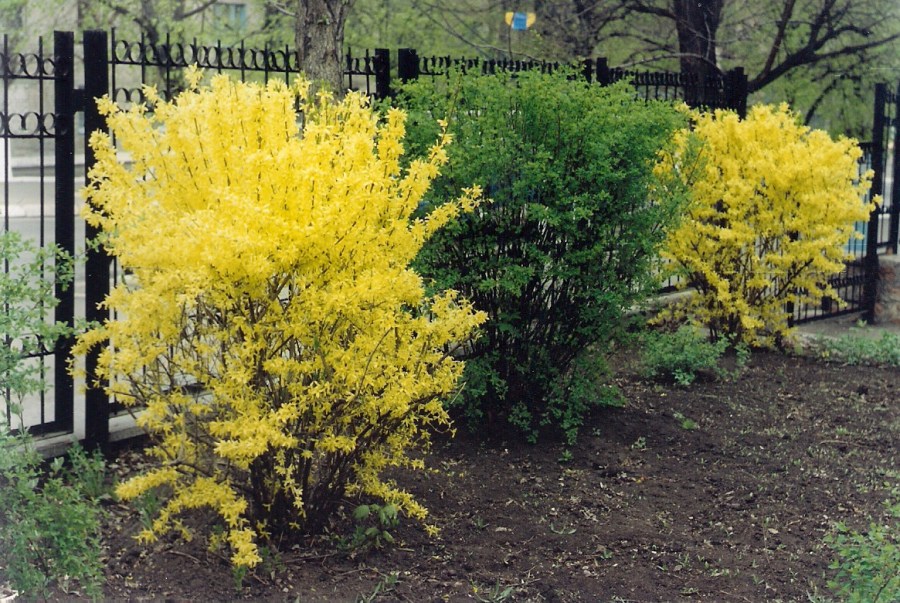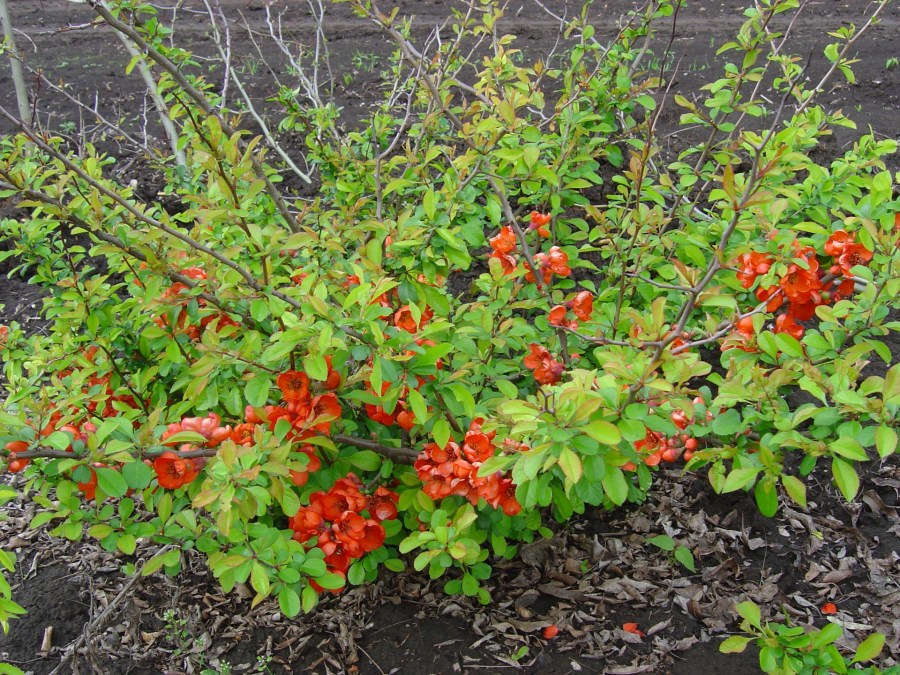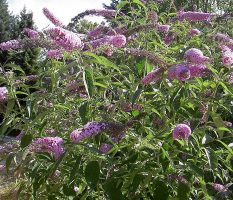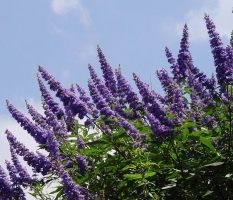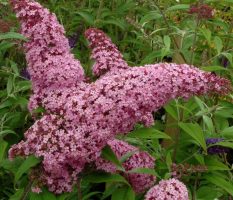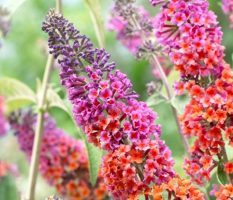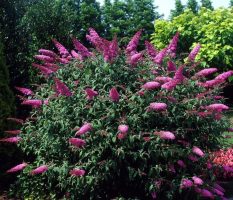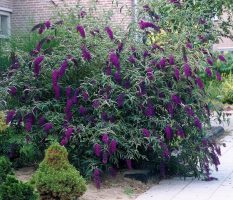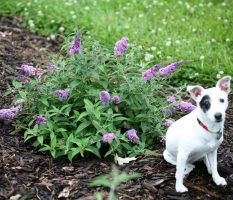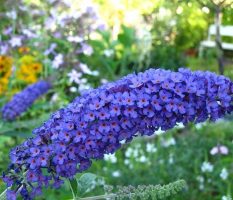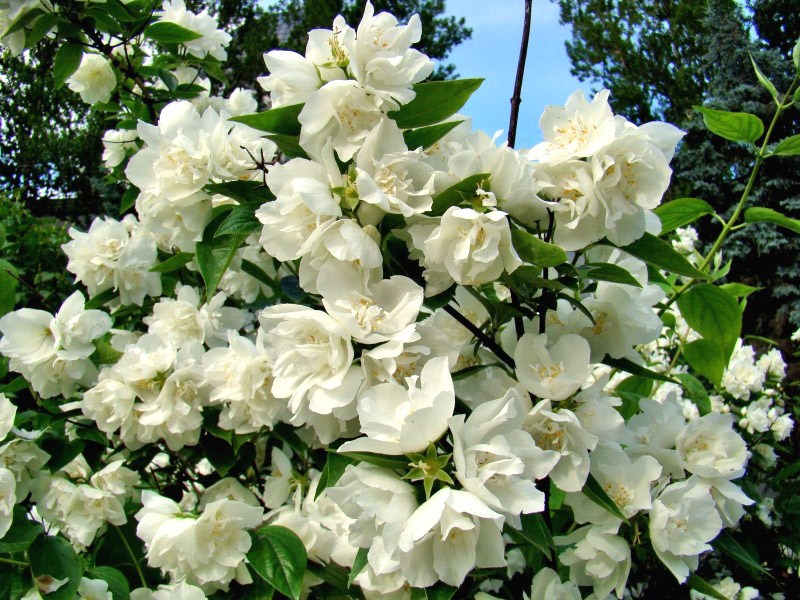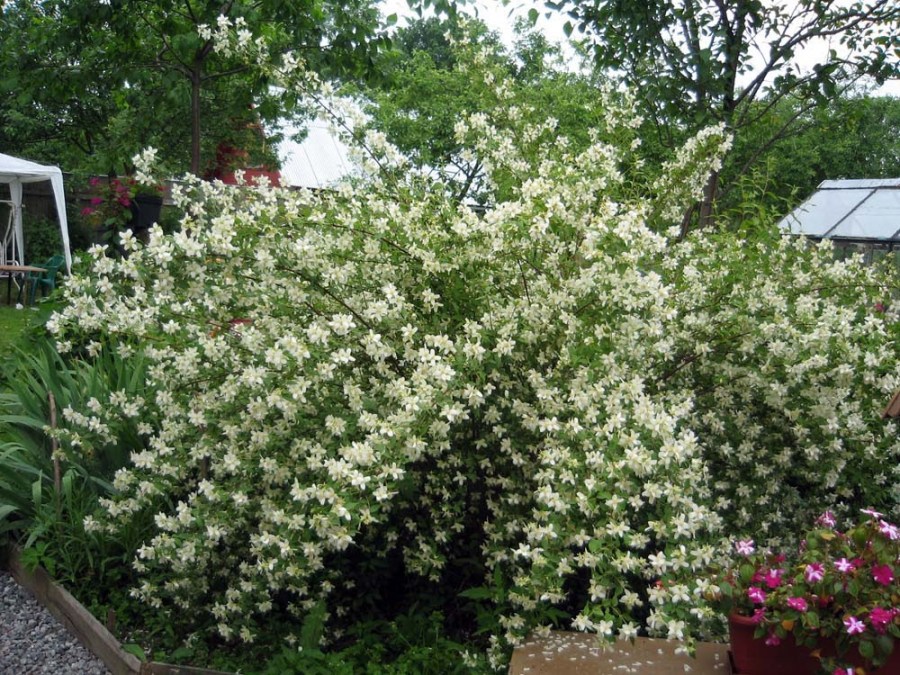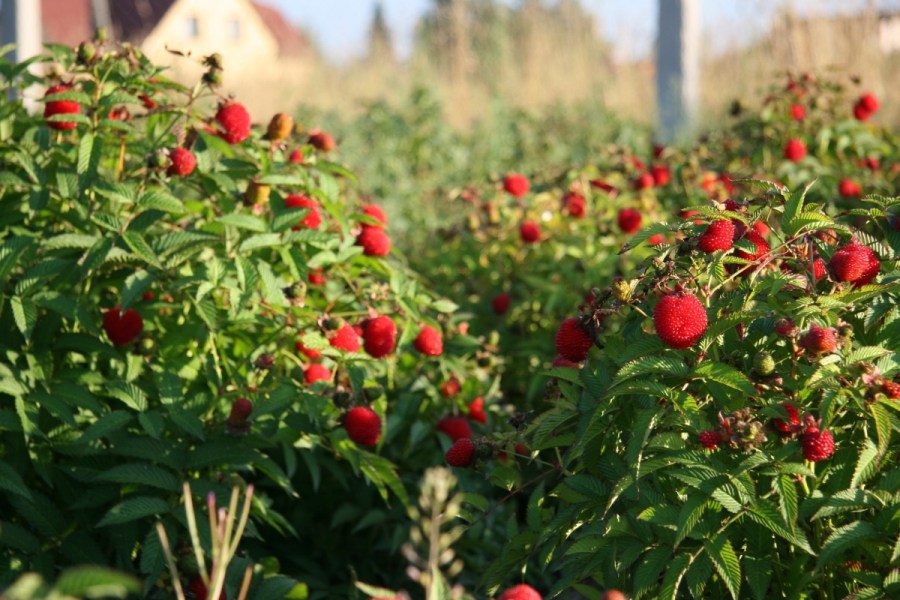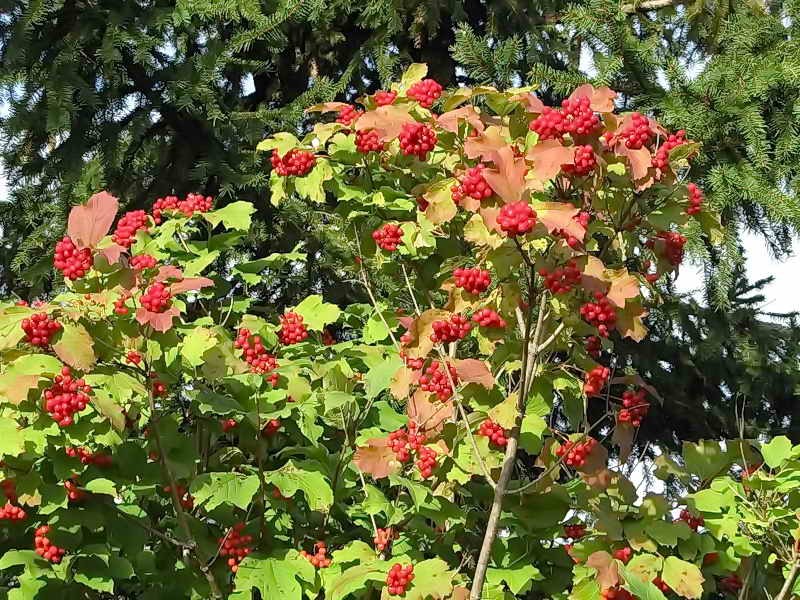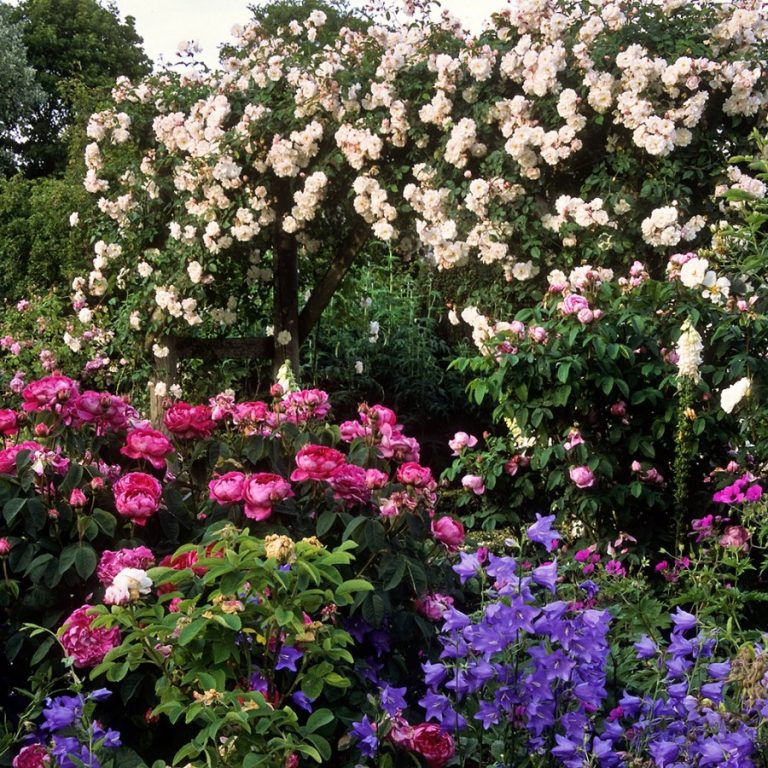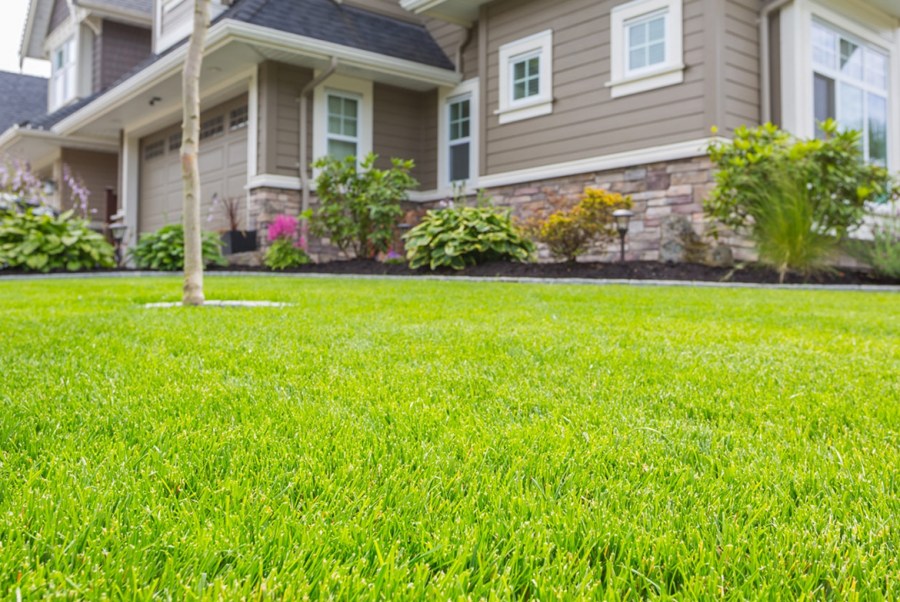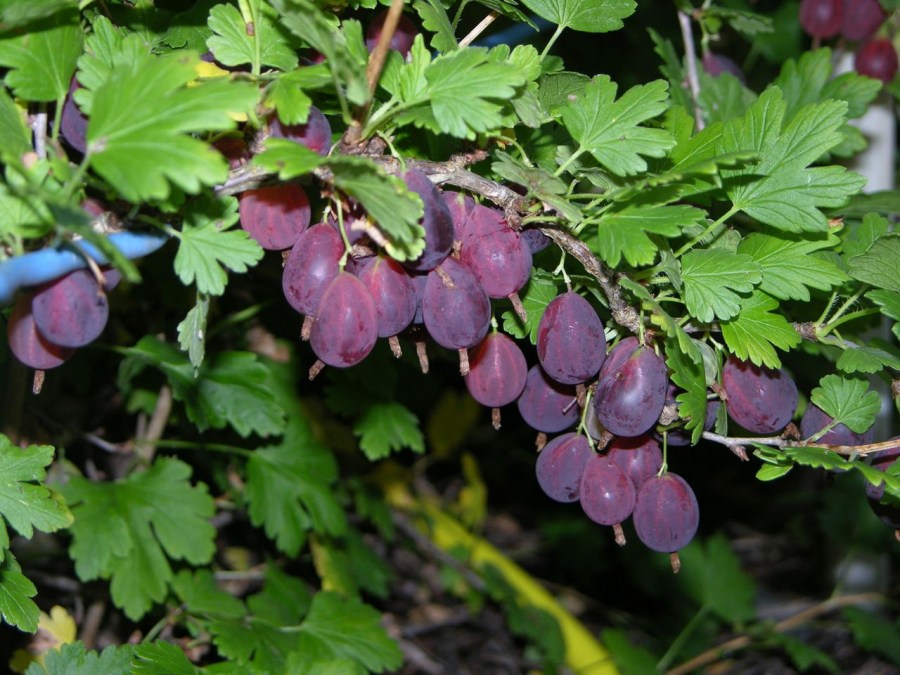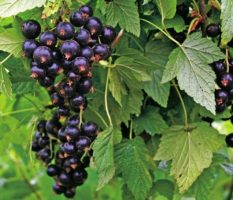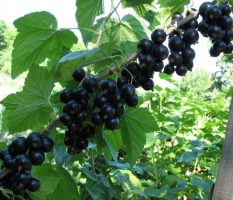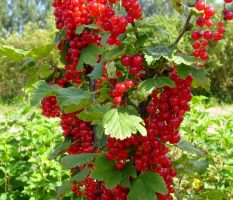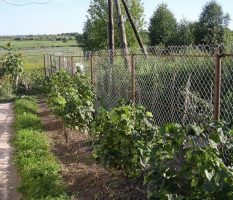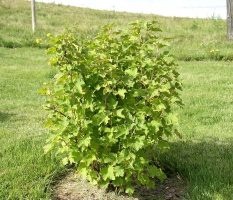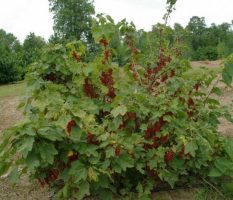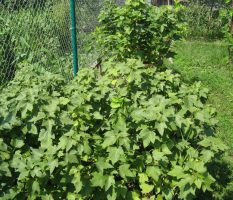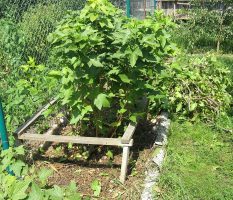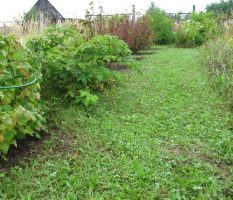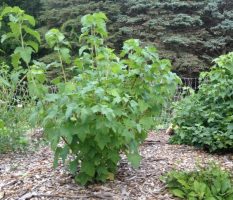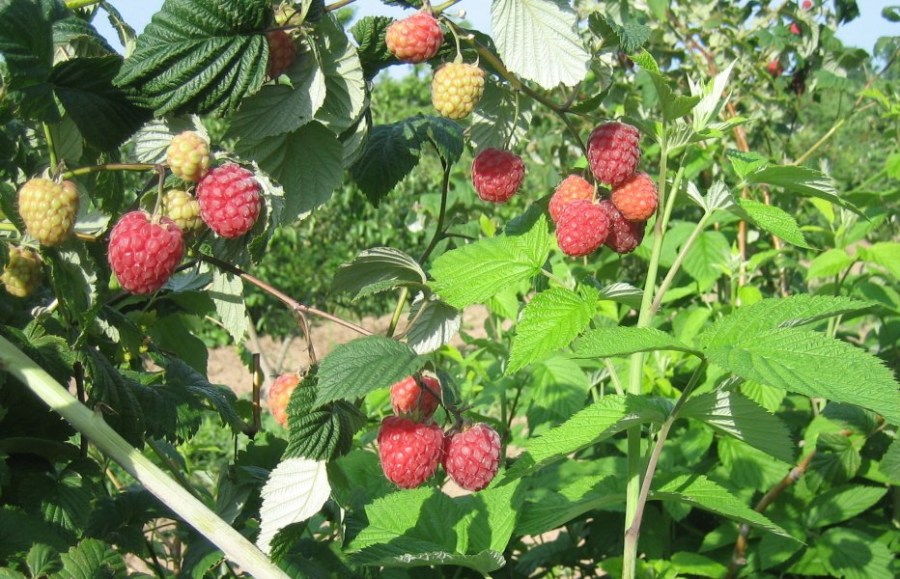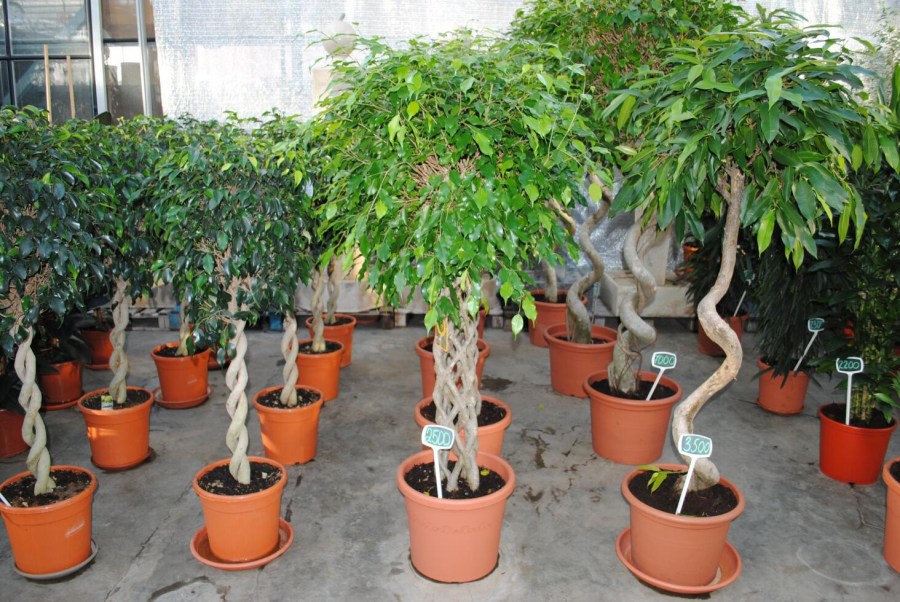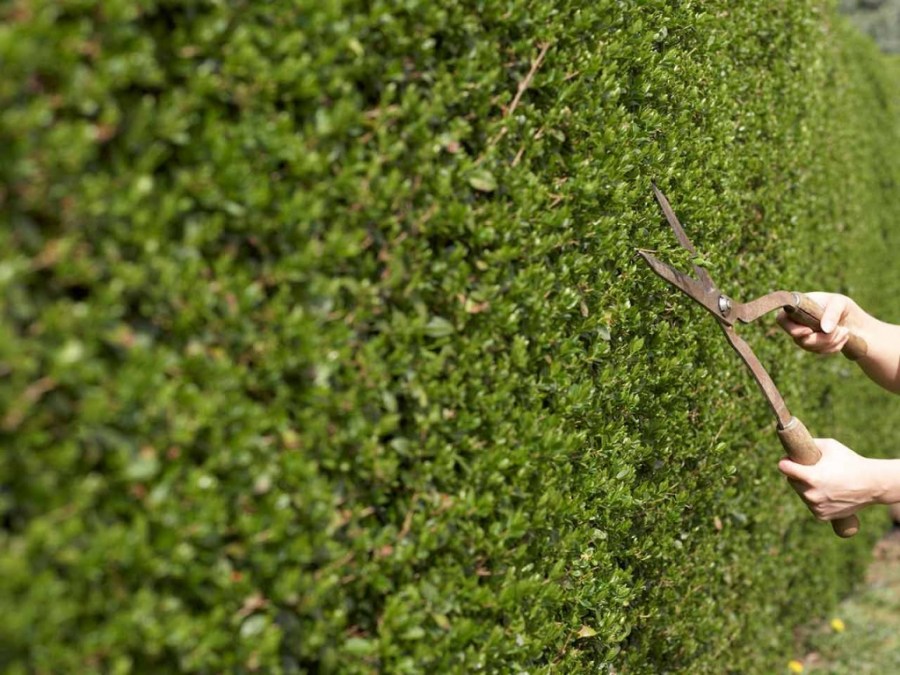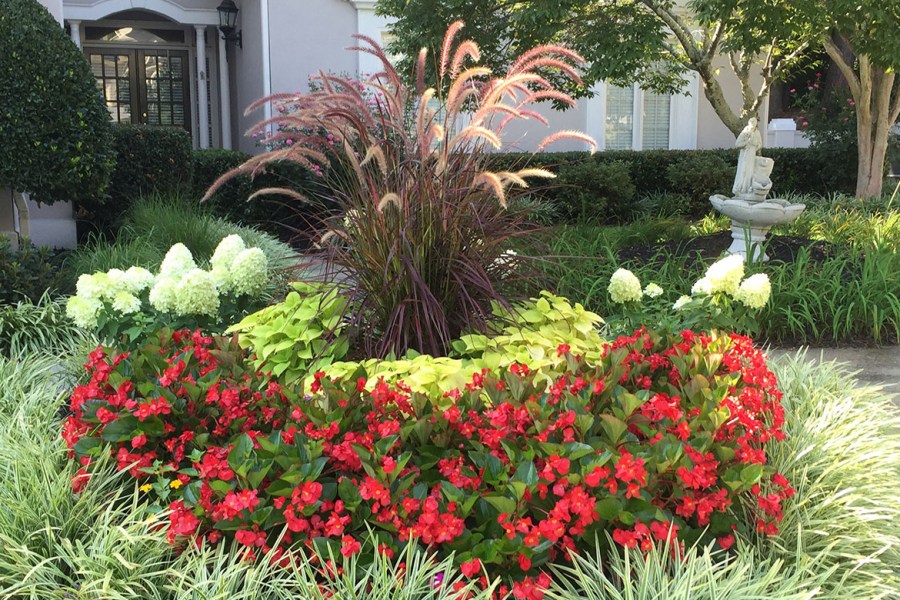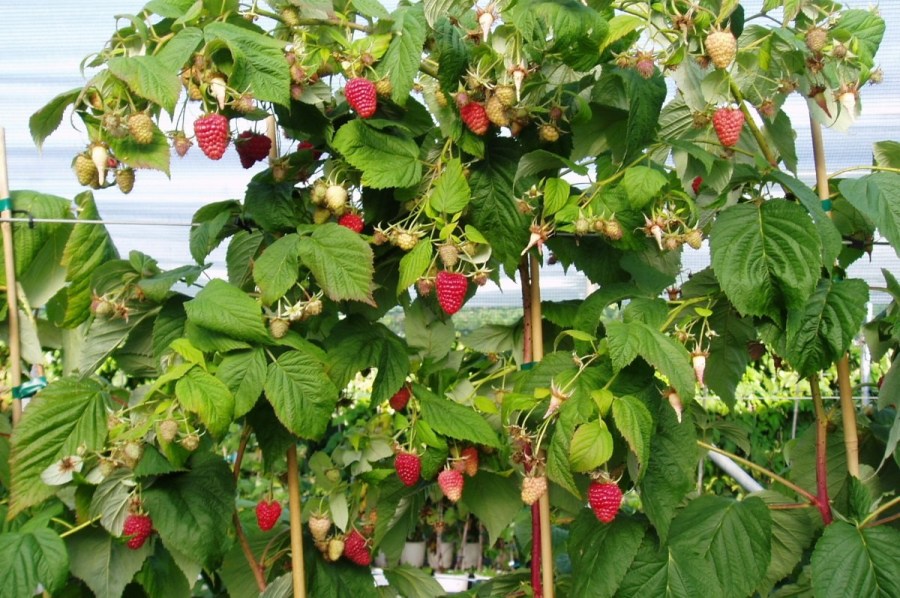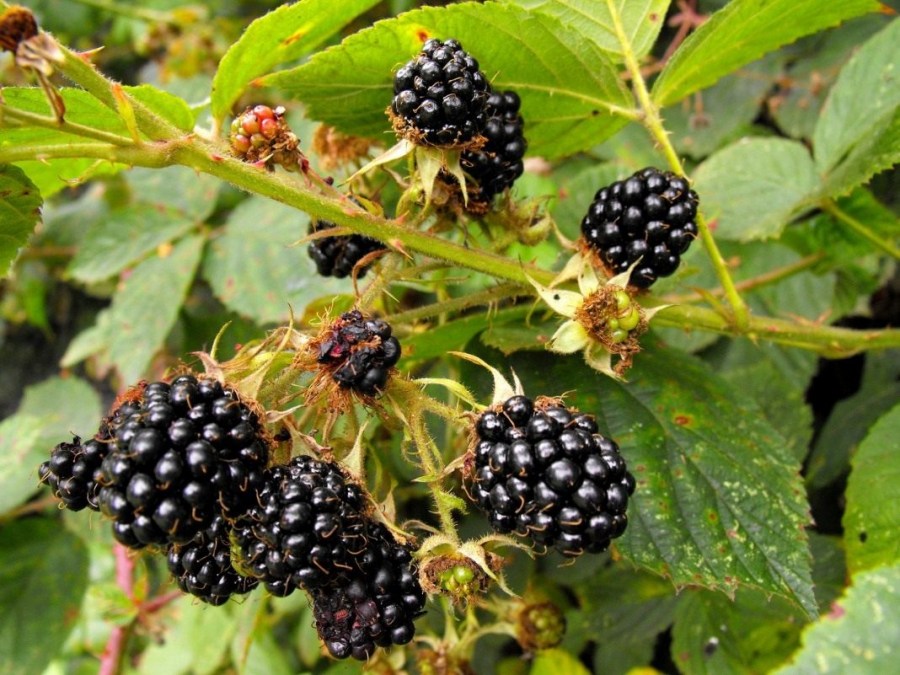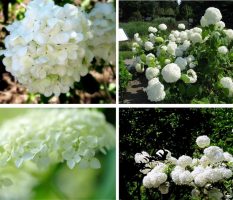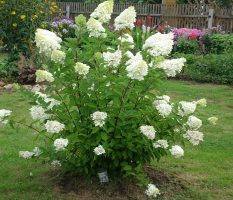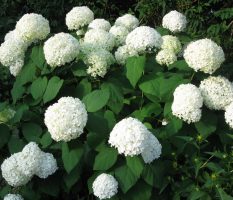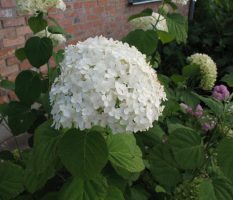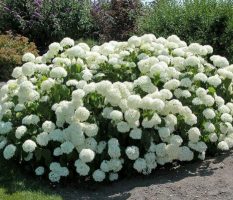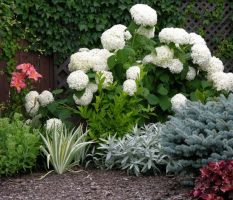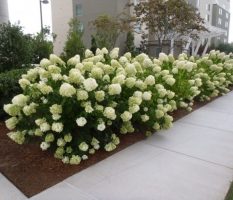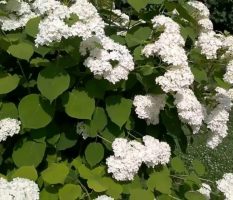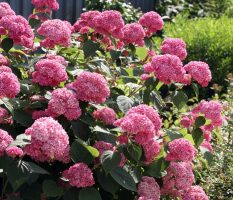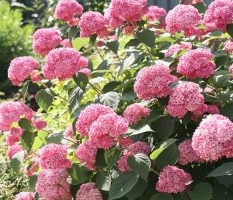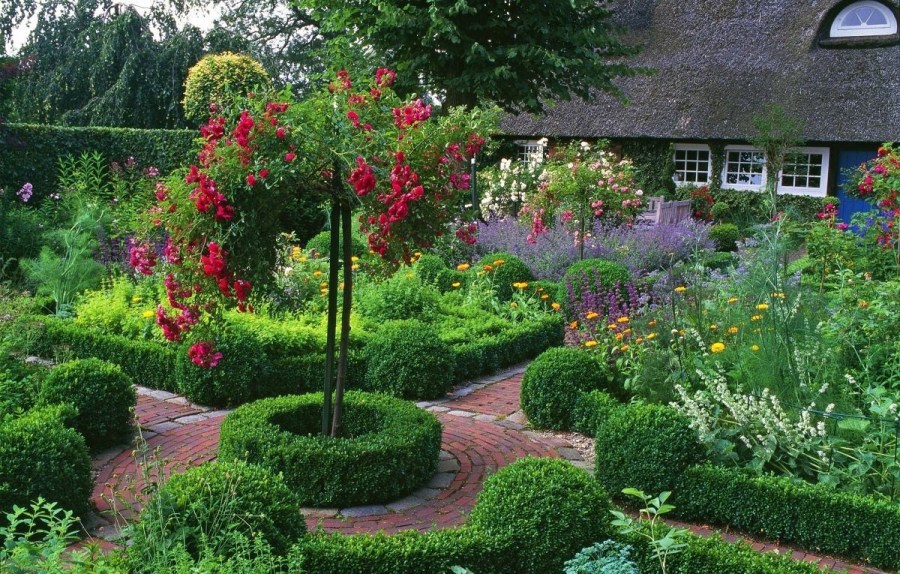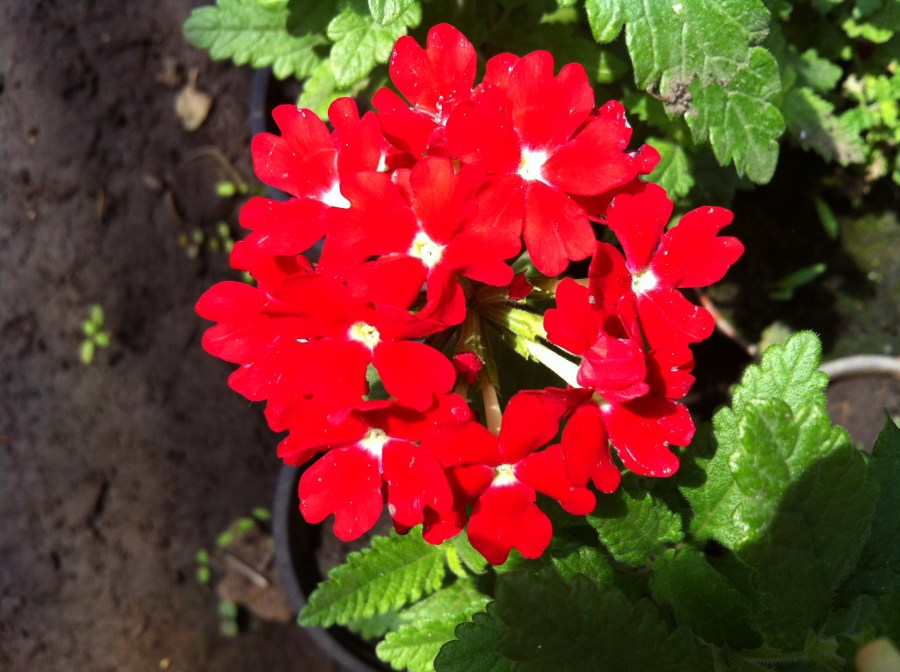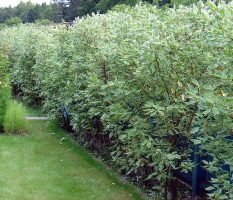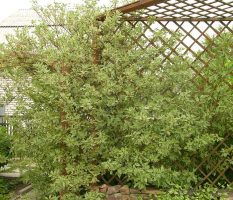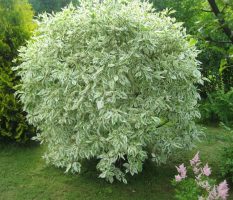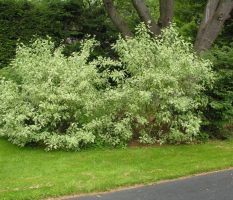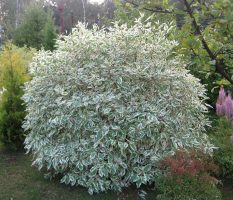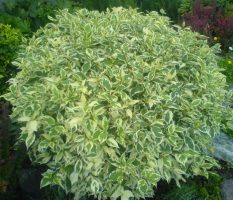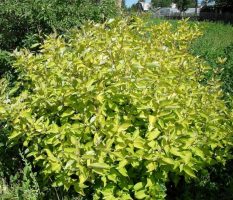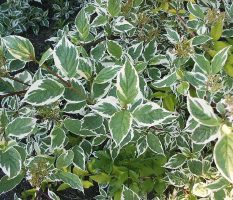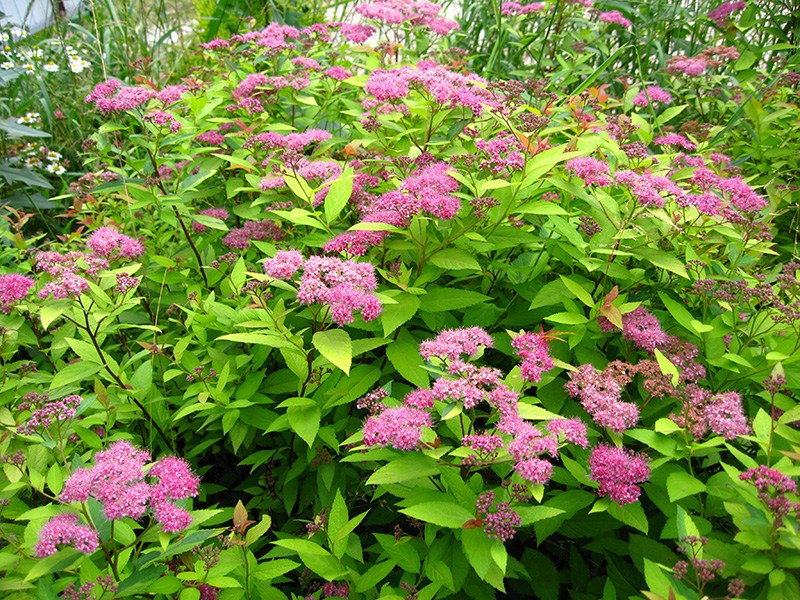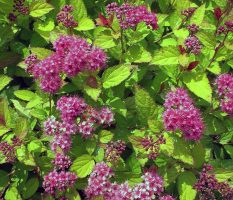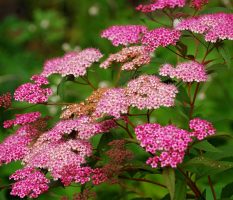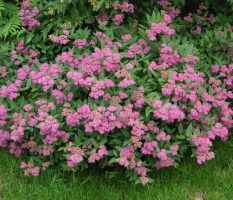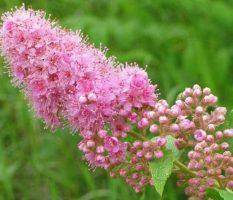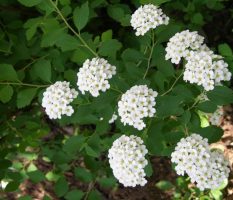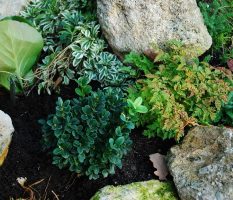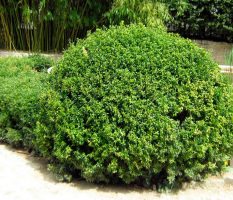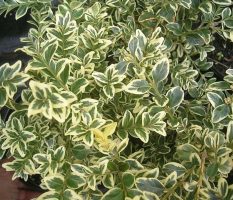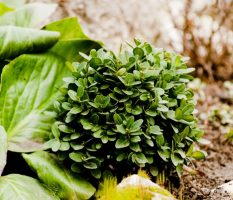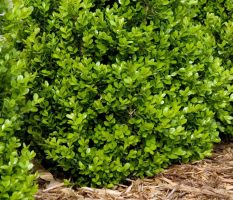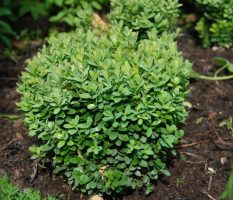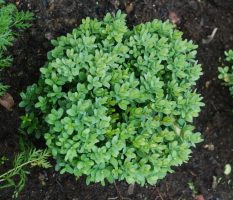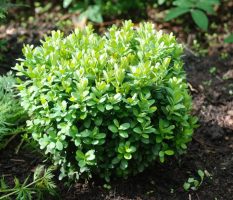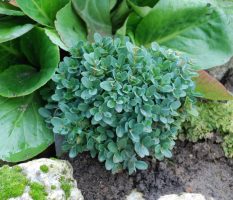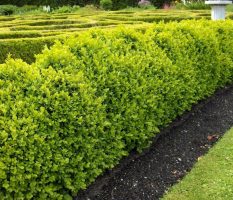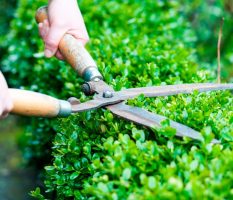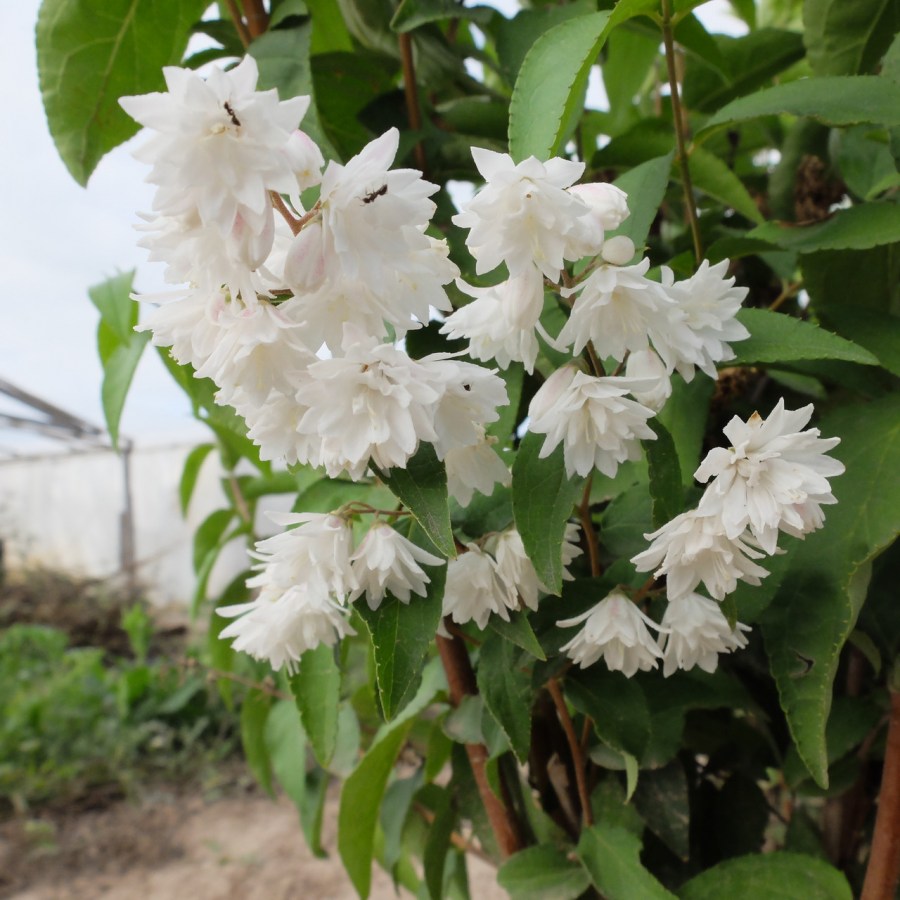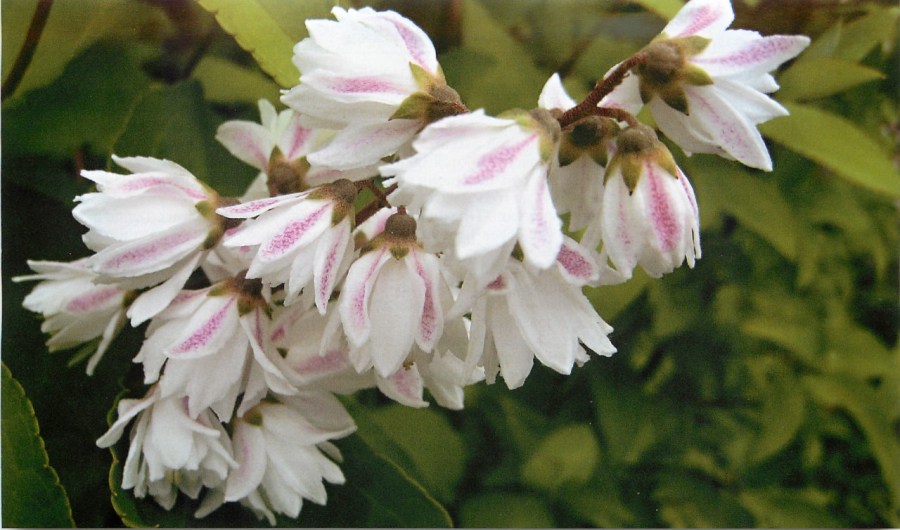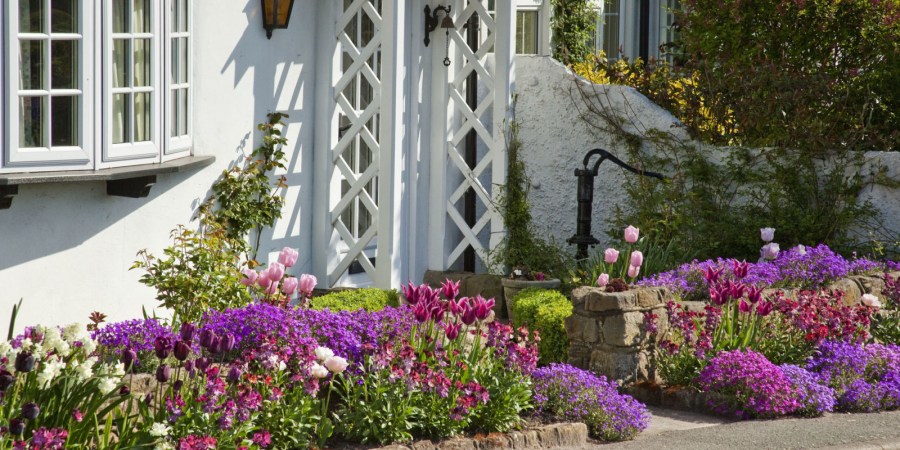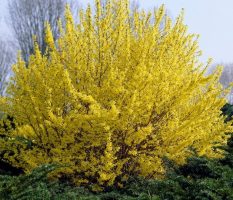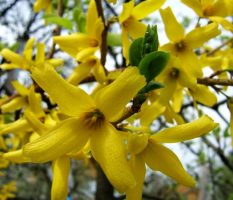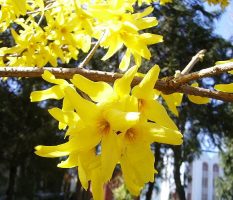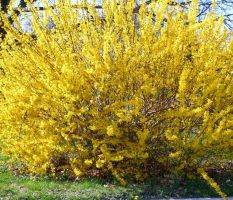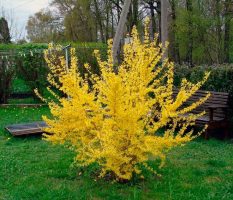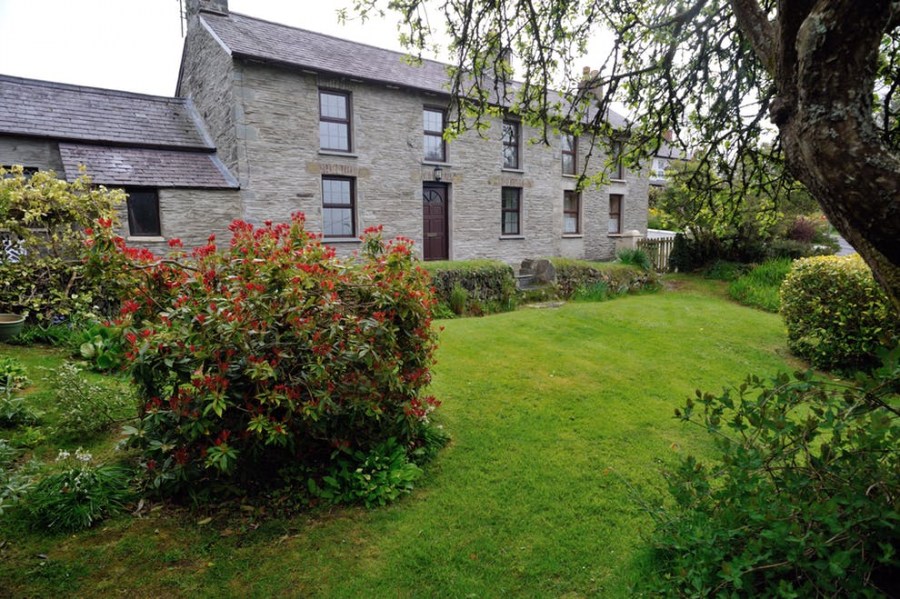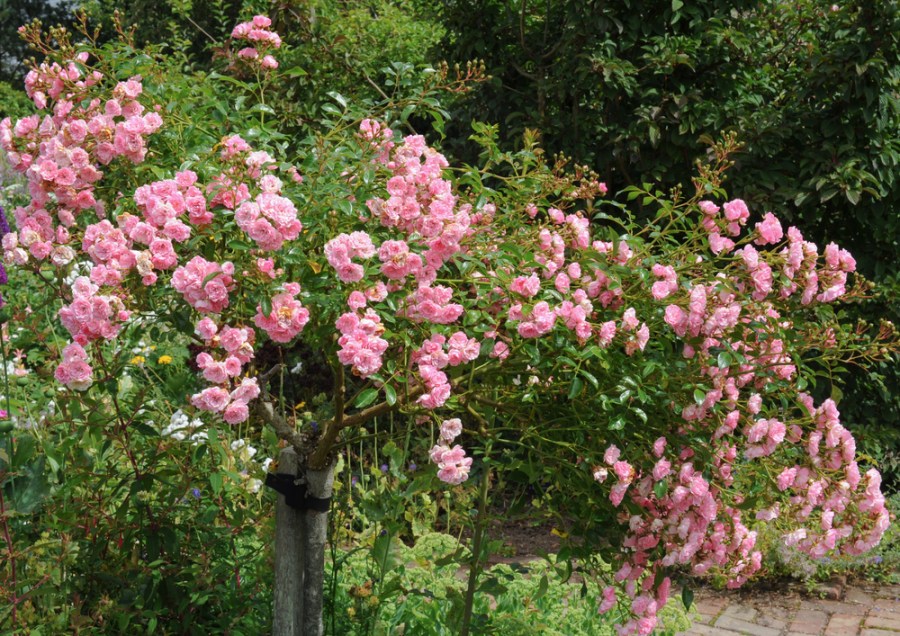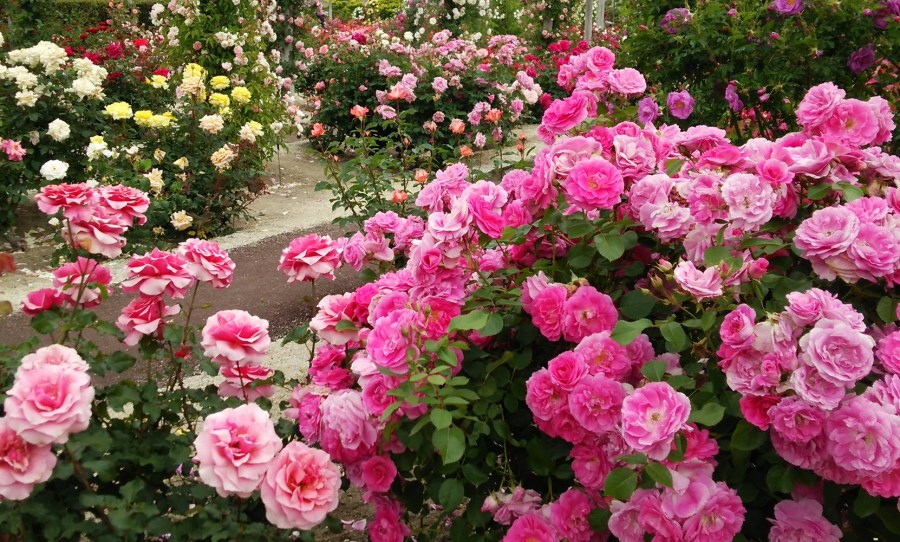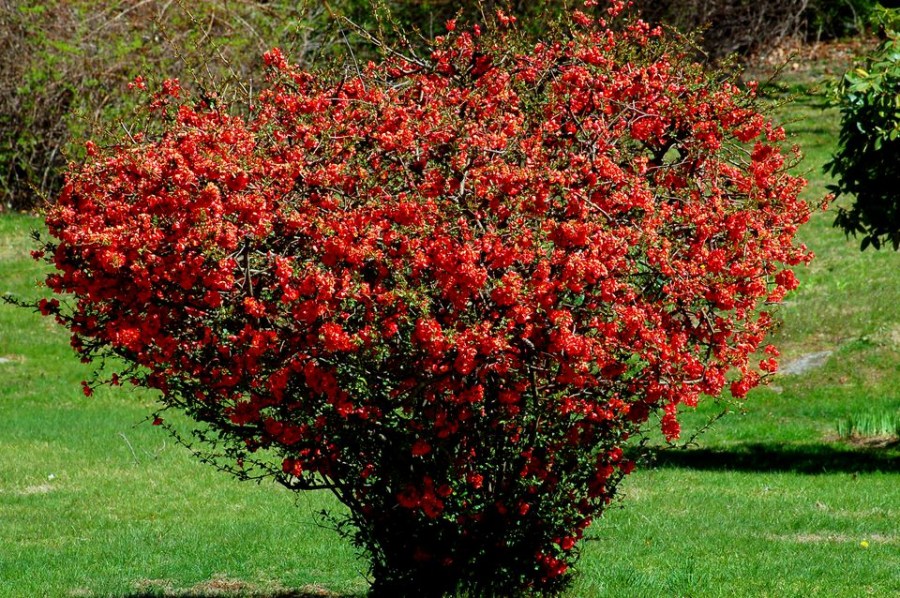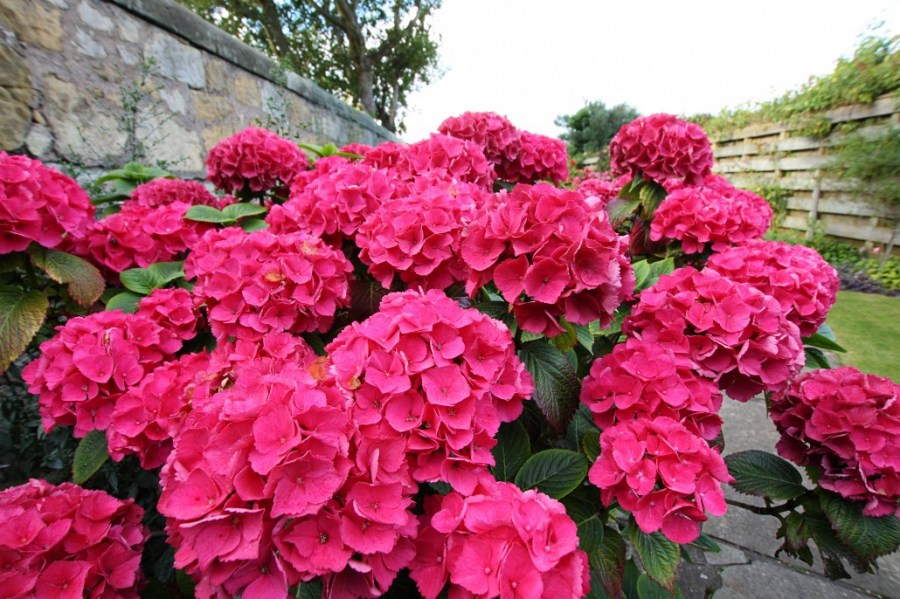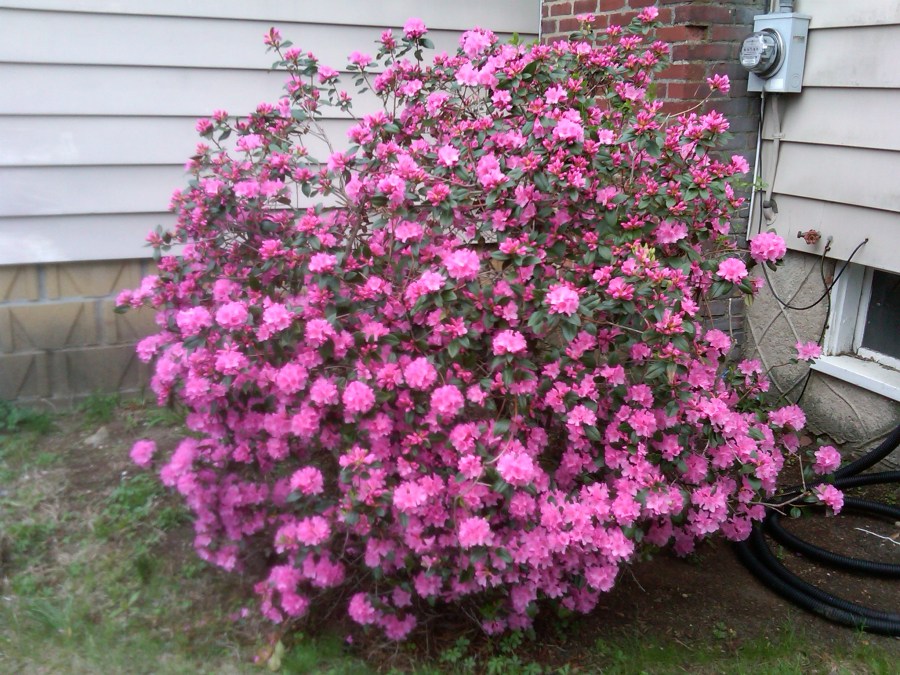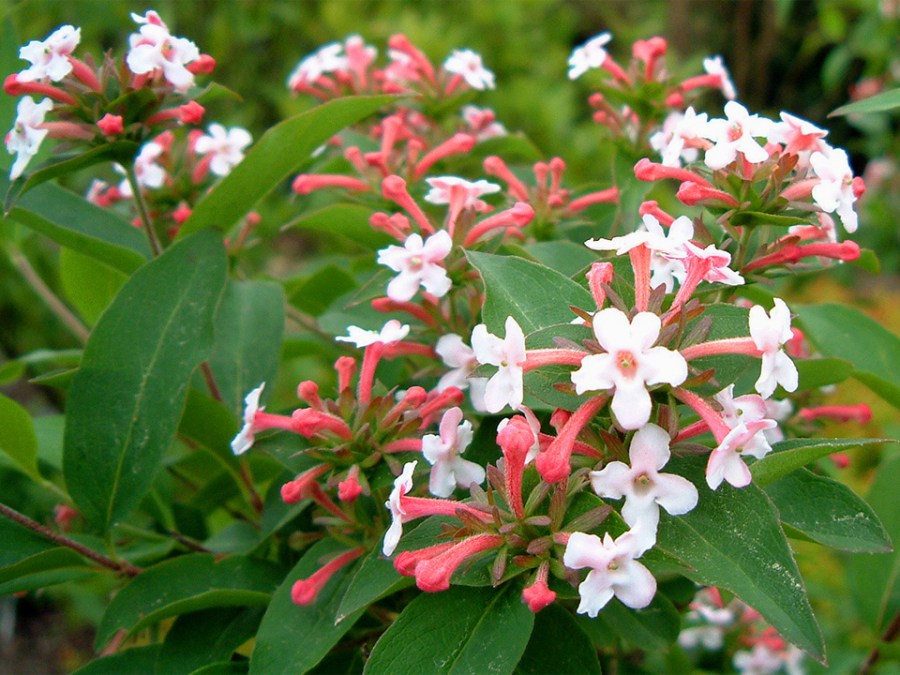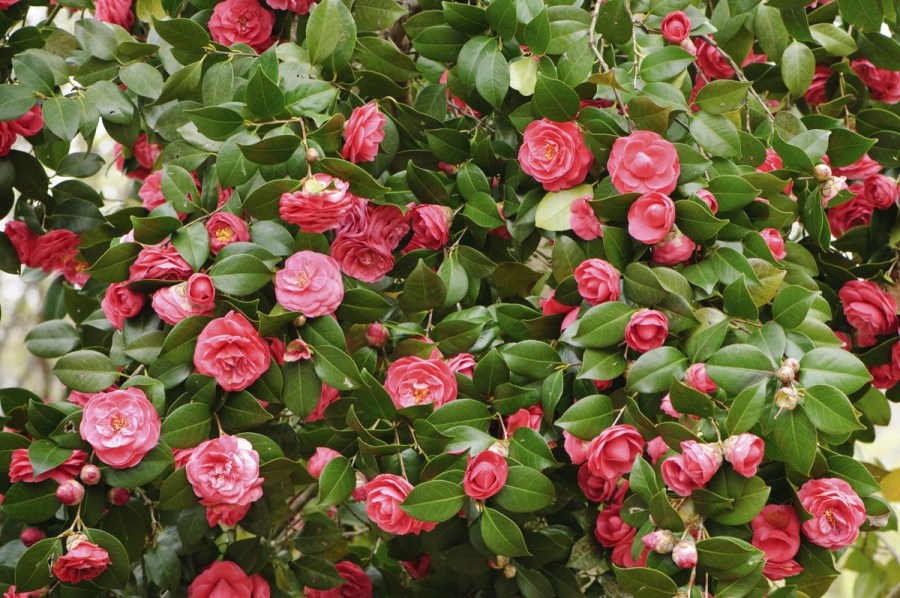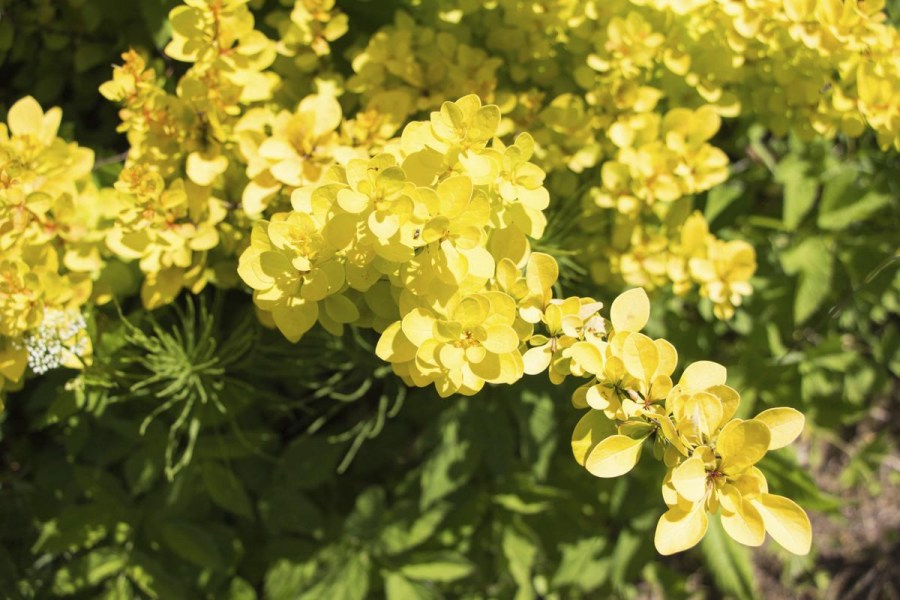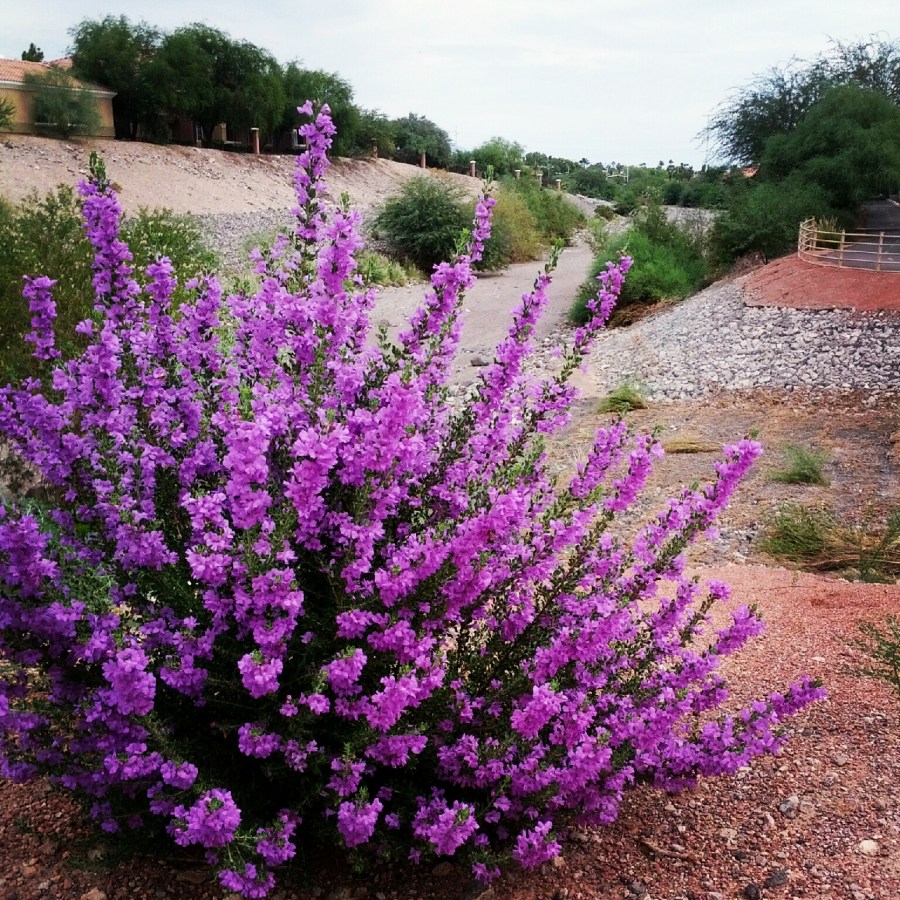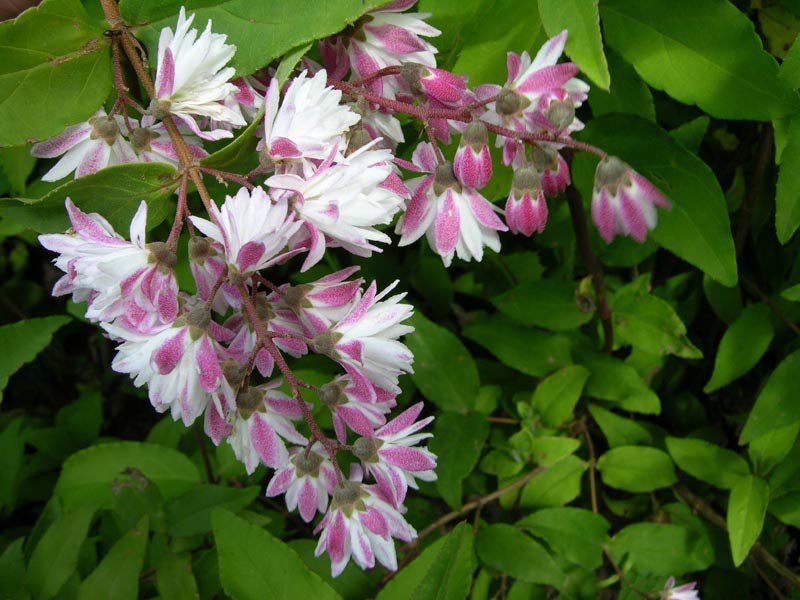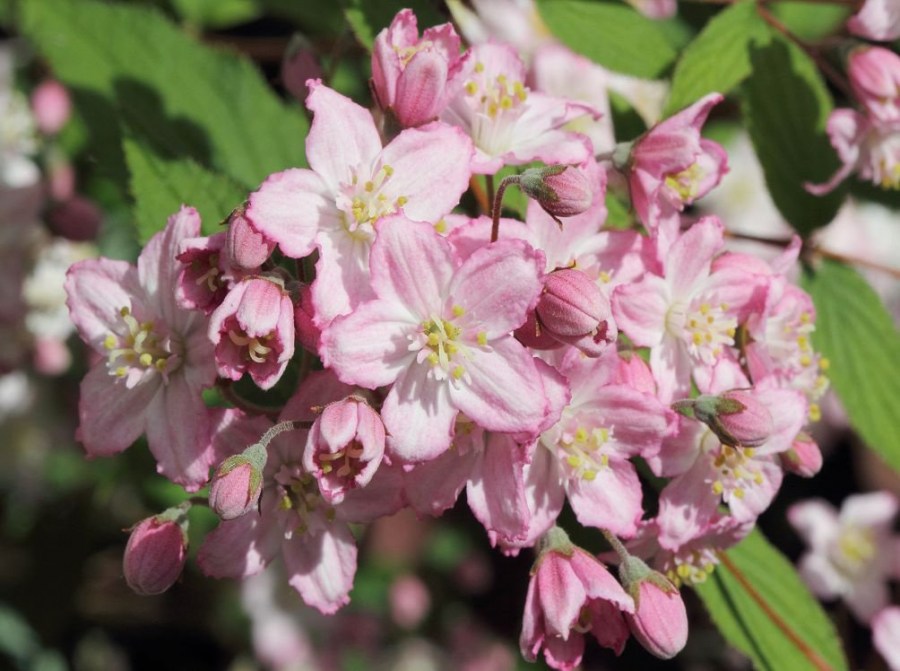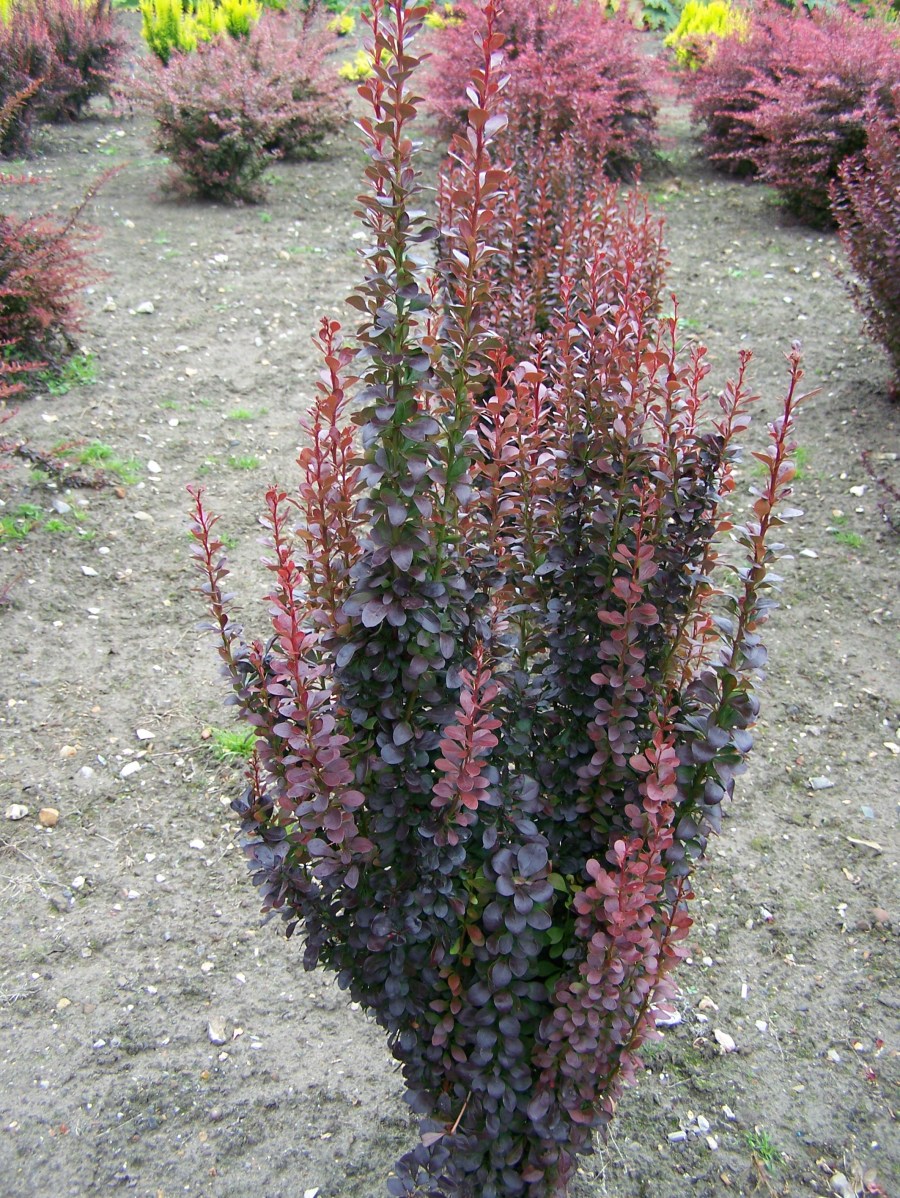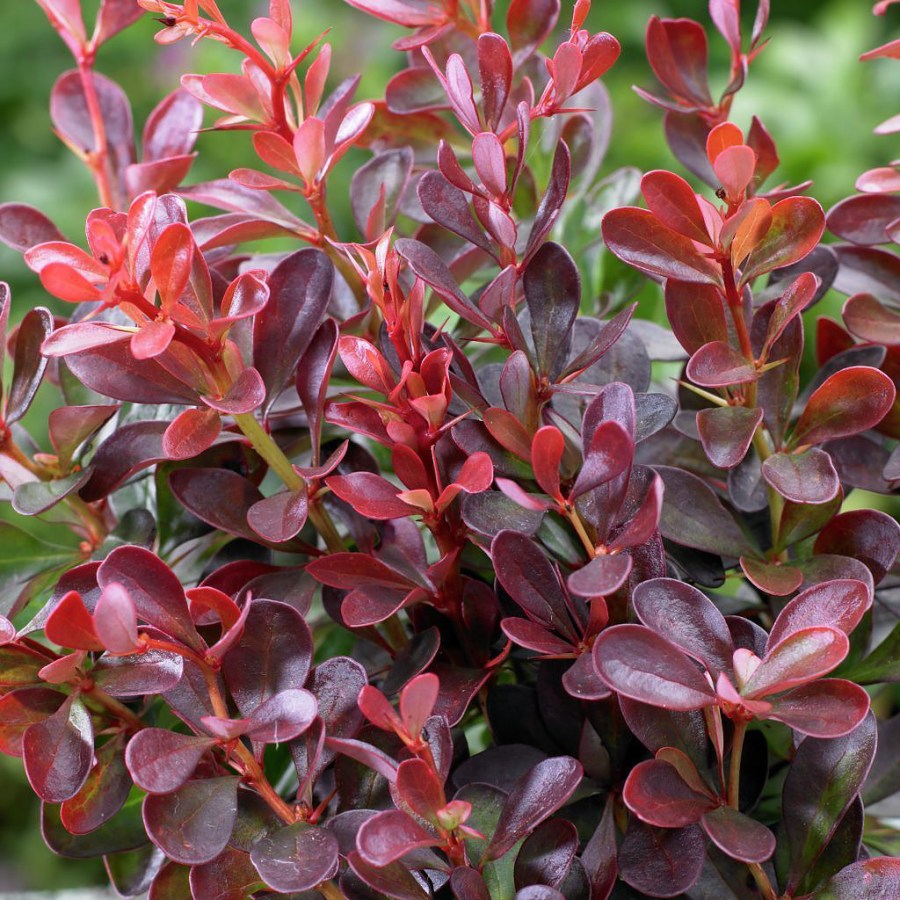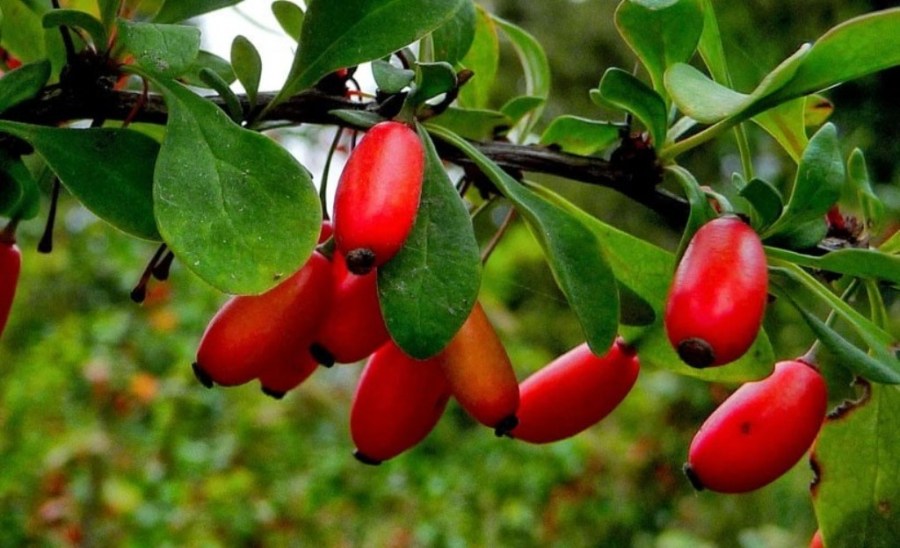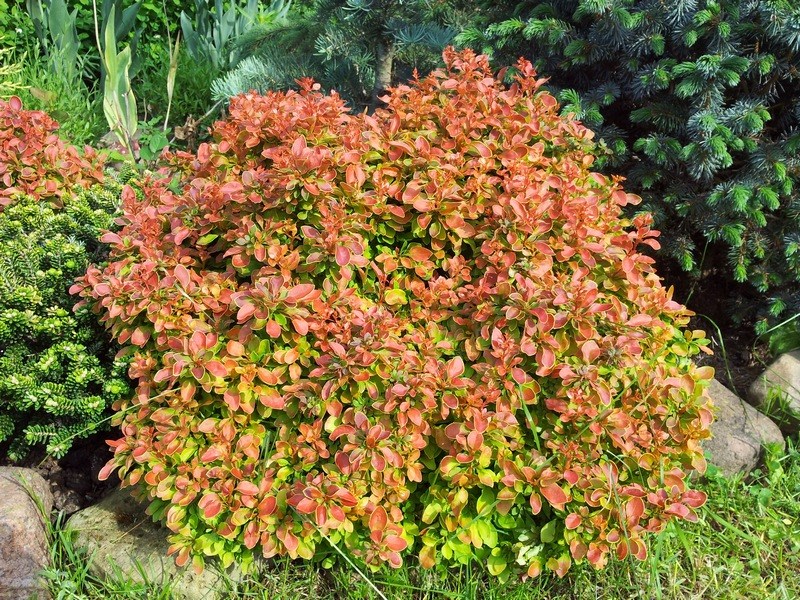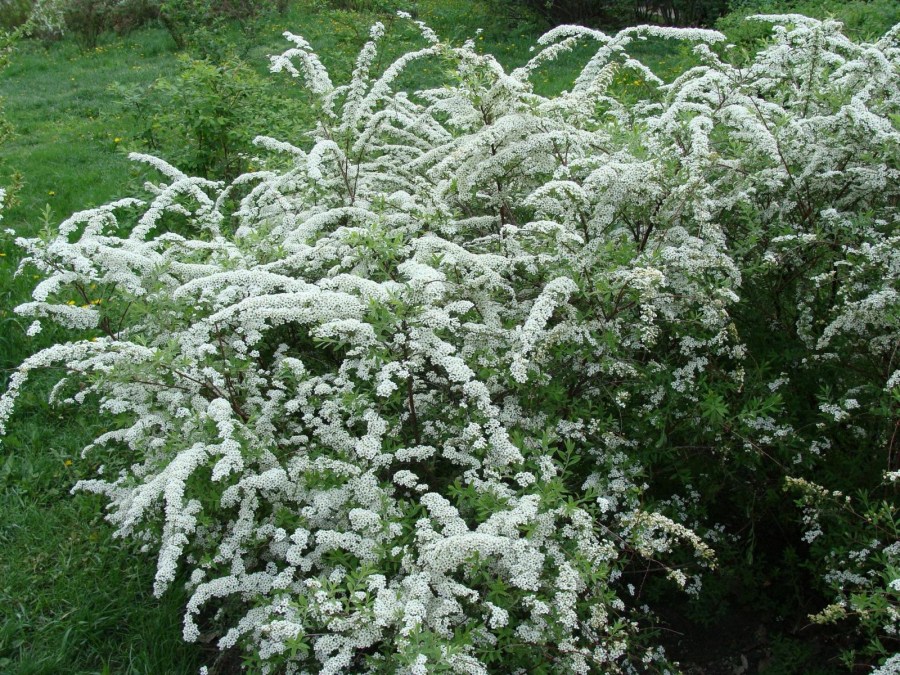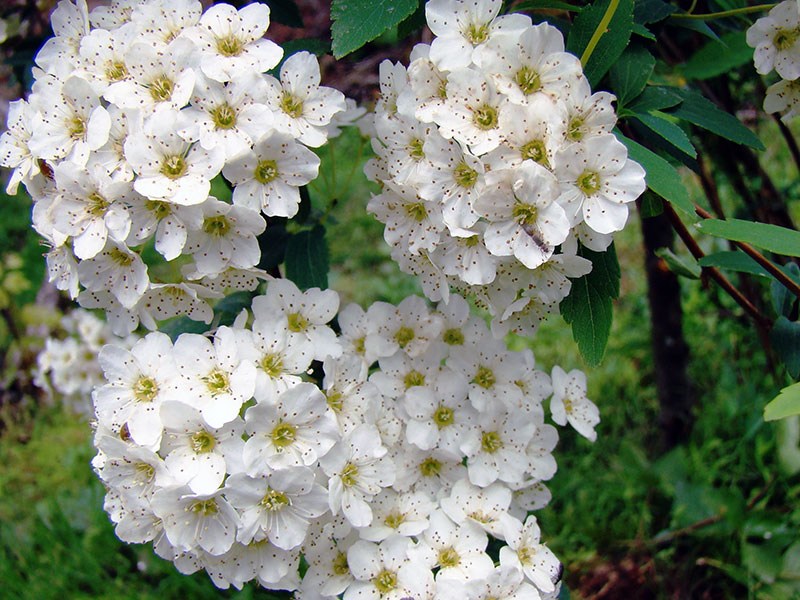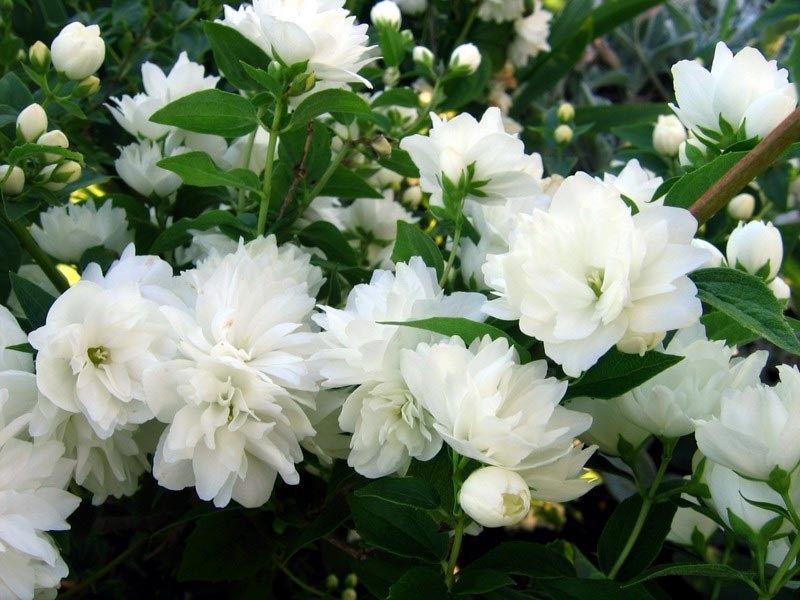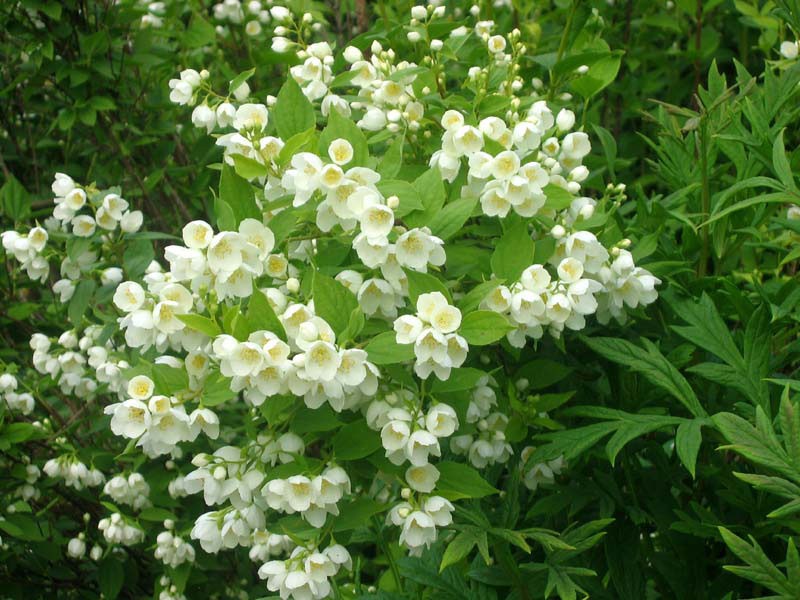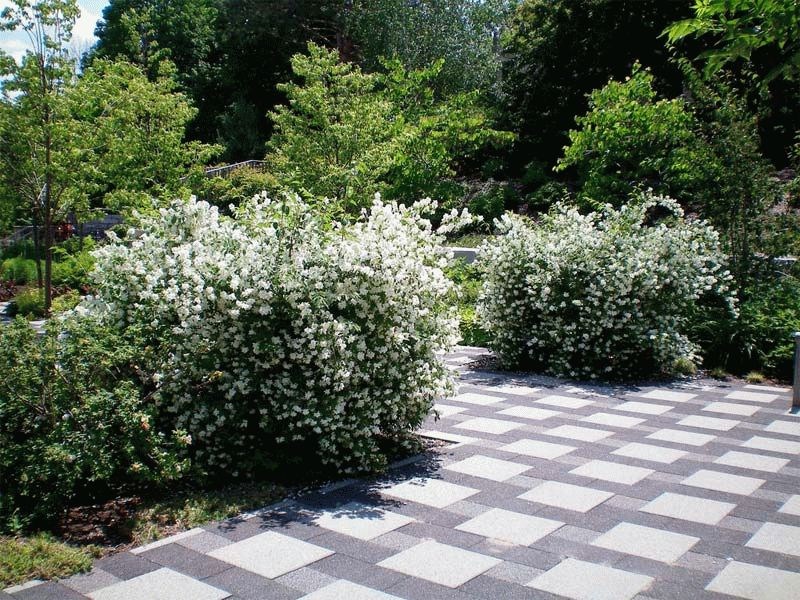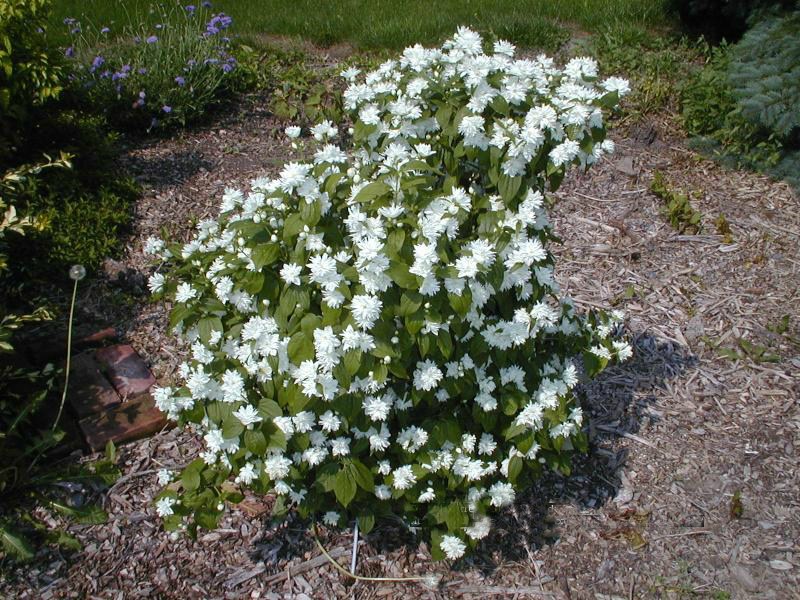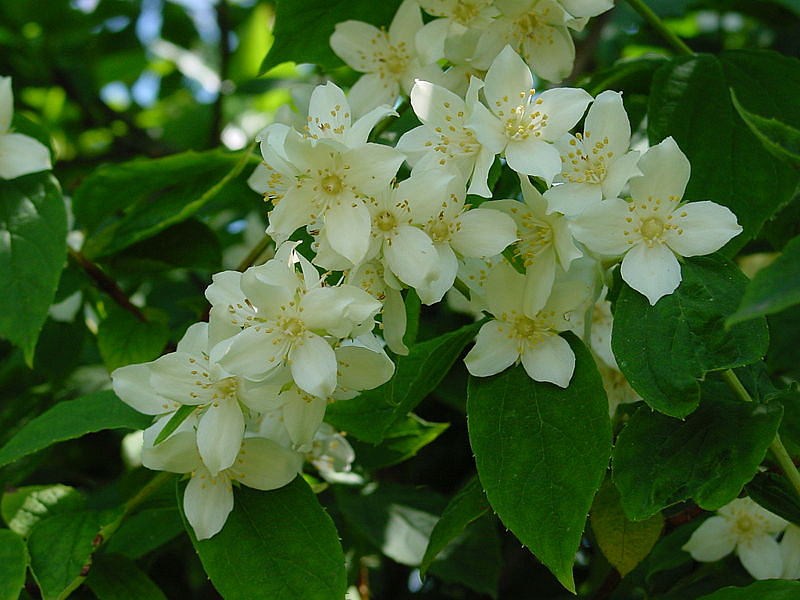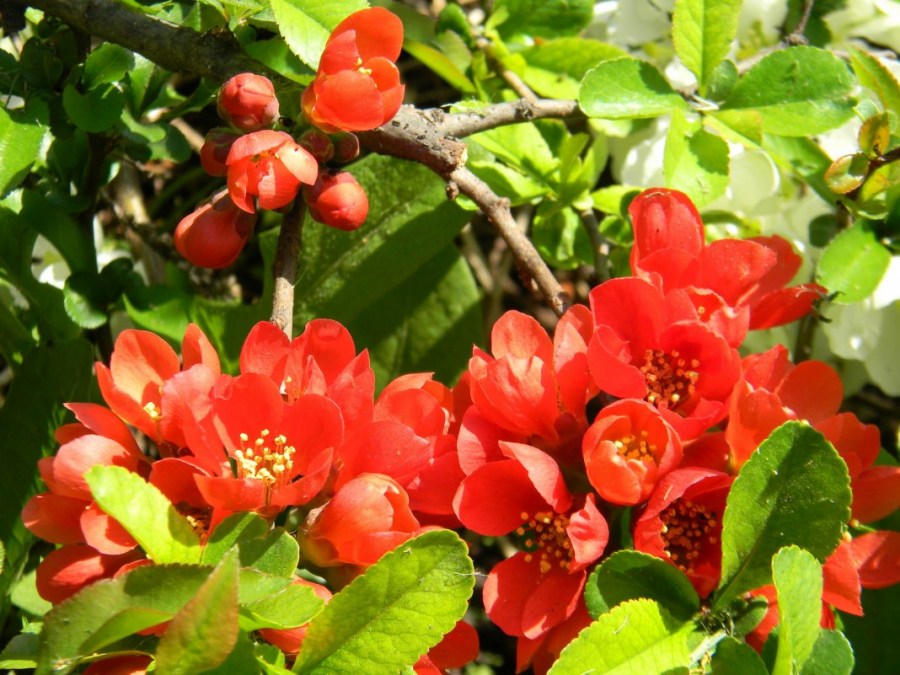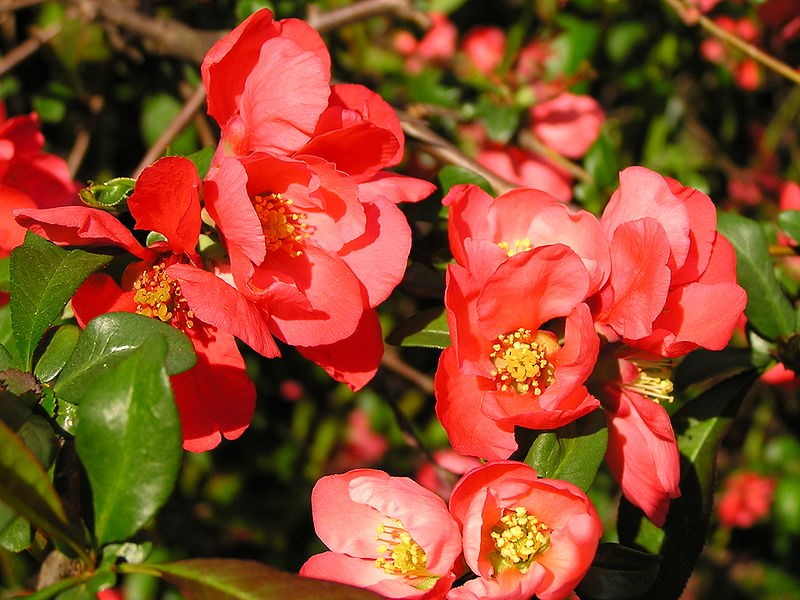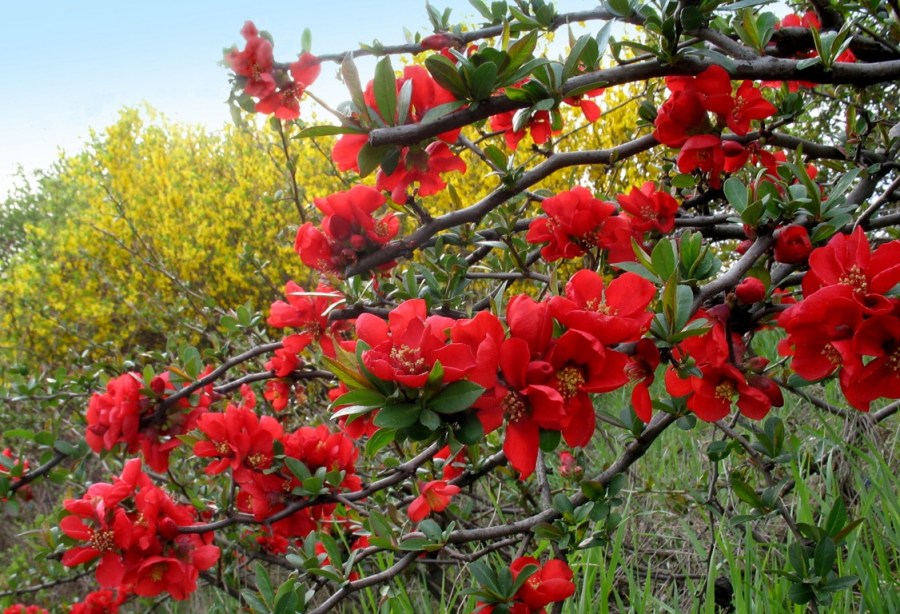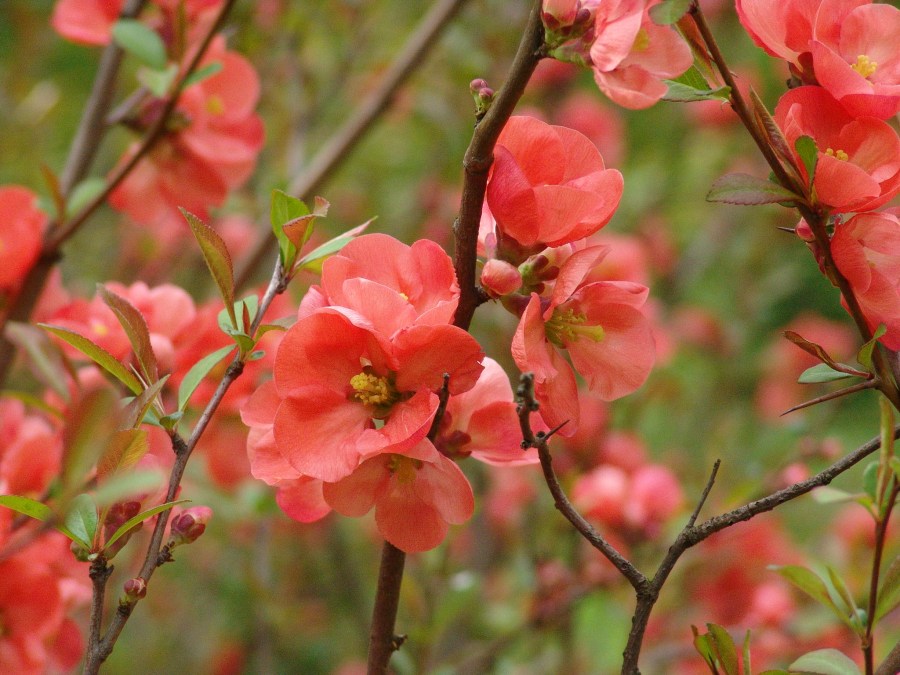Shrubs for summer cottage - 75 photos of the cultivation of do-it-yourself popular decorative species
To imagine a garden without shrubs is as difficult as a country house without a garden. When arranging the site, summer residents plan the landscape and determine which shrubs to plant in the country: will it be only decorative varieties, or will there be a place for fruitful crops, whether it is necessary to fill the space with fast-growing plants, or you can plant leisurely perennials.
There are many questions, but this creative and interesting process brings real pleasure in solving them.
Types of Shrubs
In order to facilitate the difficult task of planning a garden, you need to determine its functions. Whether you are going to get a crop, or just want to relax in a beautiful garden, your choice in favor of this or that type of shrubbery depends on it.
We distinguish three types:
- Flowering plants;
- Fruit bushes;
- Shrubs with decorative leaves.
Flowering shrubs
Flowering shrubs are the most popular option for decorating summer cottages. A huge palette of shades and inflorescences of all shapes and sizes amaze the imagination, making you admire the perfection of nature, delight the eye and give a wonderful aroma.
Tip. To get a “forever flowering garden”, you need to choose plants with different flowering periods.
Ornamental shrubs and coniferous plants blend perfectly with flowering shrubs, creating a harmonious composition.
Among summer residents, the most popular are:
Dogwood. Blooms in early spring with white or pink flowers, its fruits also look very elegant. Loves shade and can grow on many types of soil.
Rhododendron. Light lilac rhododendron flowers bloom in April. Needs feeding with humus, prefers partial shade.
Forsythia This beautiful shrub begins to bloom in early spring. Not only the flowers of this shrub, but also the leaves look decorative, for which many gardeners love it.
Japanese quince. Orange or red flowers of the bush look spectacular, and the branching of the bush allows you to use it for hedges. He likes well-lit areas.
Buddley. Pink flowers strew the branches of this plant and do not fall for a long time. The bush grows quite quickly, reaching a height of 3 m in 3 years. Another plus is its magnificent aroma.
Chubushnik (garden jasmine). This plant is familiar to all gardeners because of its resemblance to jasmine. Its aroma is simply magical and really reminds of jasmine.
On sale you can find a dozen different varieties that differ in the shape of inflorescences and the size of the bush, but the classic version with dark green foliage and white flowers remains the most popular. The plant loves the sun and does not tolerate stagnation of water, in the spring and autumn it is necessary to feed the bush.
Fruit bushes
Berry bushes are valued, first of all, for tasty and fragrant fruits, but they can also be considered as decorative elements of the garden. Of course, in order for the bushes to bear fruit, they need to be more carefully looked after, watering and pruning on time, and also more attentive to the choice of seedlings.
If you observe these two simple principles, you can achieve a result that will please not only the owner of the site, but his family and friends.
In our latitudes, the choice in favor of the following perennial shrubs for summer cottages will be successful:
Currant is a berry of white, black or red color familiar to us from childhood. Currant fruits are champions in the content of vitamin C, which is so useful in the cold season. However, the bushes themselves need protection from “freezing” - drafts and excess moisture. Some varieties of currants can please a good harvest continuously up to 18 seasons.
Gooseberries - prickly shrubs with sweet and sour fruits of green, yellow or red hue. Very quickly comes into bearing, which lasts an average of 25-30 years. Gooseberries make an excellent “royal jam”.
Raspberry is a shrub capable of self-pollination, resistant to cold, but requiring high-quality fertilizer and watering. It grows excellently in the sun, yields about 10-12 years.
Blackberry is a shrub similar in characteristics to raspberries, even more sensitive to frost.
Viburnum is a beautiful and useful shrub with excellent frost resistance, stable flowering, as well as decorative properties. Guelder-rose requires plentiful watering and protection against pests.
Tip. It is best to plant fruit and berry bushes in the fall, so that they have time to take root before the winter. And in the summer they were able to bring the first crop.
A separate item should consider decorative shrubs that can give the design of the garden plot an elegant look. They are unpretentious, they are easy to grow, if you know a few rules of planting:
- do not densely plant shrubs, the distance between them should be two times the height of the plant;
- plants should be planted at a sufficient distance from fences and buildings;
- the location of plants with red leaves should allow them to receive a sufficient amount of sunlight;
- in case of transplantation, in order to avoid damage to the roots, it is necessary to dig a deeper and wider hole;
- the soil for plants needs high-quality and appropriate fertilizer.
Now a few words about the most popular shrubs and their features.
Frost resistant plants
Treelike hydrangea is a frost-resistant shrub from North America. It is easy to care for it, the bush is spectacular due to the presence of abundant flowering. In more severe conditions of our country, panicle hydrangea with white flowers, turning red by autumn, has shown itself well. Hydrangea inflorescences resemble a panicle, hence the name. Hydrangeas love acidic soil, plentiful watering.
Deciduous barberry is a shrub with excellent winter hardiness and ease of maintenance. The leaves of barberry are yellow, red, green. It grows well on soils with high fertility, open spaces or in partial shade. From it you can make a hedge, plant on an alpine hill. If necessary, the bush is easily trimmed.
White derain - bushes with a reddish bark, emerald leaves with a white border that change color in the fall season. Bushes require annual pruning until stumps are left.
Due to this, the derain will grow in breadth, while maintaining the attractive red color of the bark. Flowering occurs in early summer. The shrub is unpretentious, tolerates heat and frost, planted on the rear edge of the site or near the fence.
Spirea grows quite quickly and blooms profusely. There are two types of spireas - blooming in spring and blooming in summer. In spring spires, branches are strewn with white flowers, blooming once.
The summer version of the plant blooms longer, has flowers of pink hues, collected in spherical or spike-shaped inflorescences. The soil for the spirae need not be fertile, the shrub grows well both in shady areas and in sunny areas.
Heat-loving and moderately frost-resistant plants
Boxwood is an ideal option for fans to experiment with curly haircut. Low-growing thermophilic shrub with an unusual smell, feeling good in the shade.
Rough Deytsiya - a bush with white-pink flowers, unpretentious in relation to the composition of the soil, in which there is no excessive moisture. Deytsiya is resistant to drought, diseases and pests are not afraid of it.
Preparing the plant for winter consists in tightly bending the branches to the ground (in case of frost at -25ºC, the buds may freeze). Suitable for picturesque hedges that do not require formation.
Weigela - in terms of flowering, the most beautiful of the above plants. It requires fertile soil, annual pruning. The distance between the seedlings should be at least 2 m, since the weigel grows very wide, having an average height of 1.5-2 m.
Flowering occurs in June, showering the garden with tubular flowers of white and all shades of red. Weigela is very beautiful, so it is the best suited for decorating the site in front of the house or at the entrance to the garden.
Forsythia - blooms in early spring, requires constant watering and fertilizer.
Which plant is better to choose for your own plot - it depends on the imagination, material means and desires of the gardener. In books on landscape design, you can see many photos of shrubs for summer cottages, but the compositions presented on them can fly a pretty penny, and the performance will not correspond to reality due to completely different climatic conditions.
The best option does not have to be an expensive solution. The main thing is to have a head on your shoulders and turn to trusted sellers so that the result does not disappoint.
Photo of bushes for a summer residence
Cultivator for giving - 80 photos of models and an overview of the main varieties
DIY do-it-yourself swing - instructions on how to do it yourself (80 photo ideas)
Gate lock - how to choose and install with your own hands? 100 photo examples
Private house from SIP (SIP) panels - an overview of all the advantages + 150 photos
Join the discussion:
